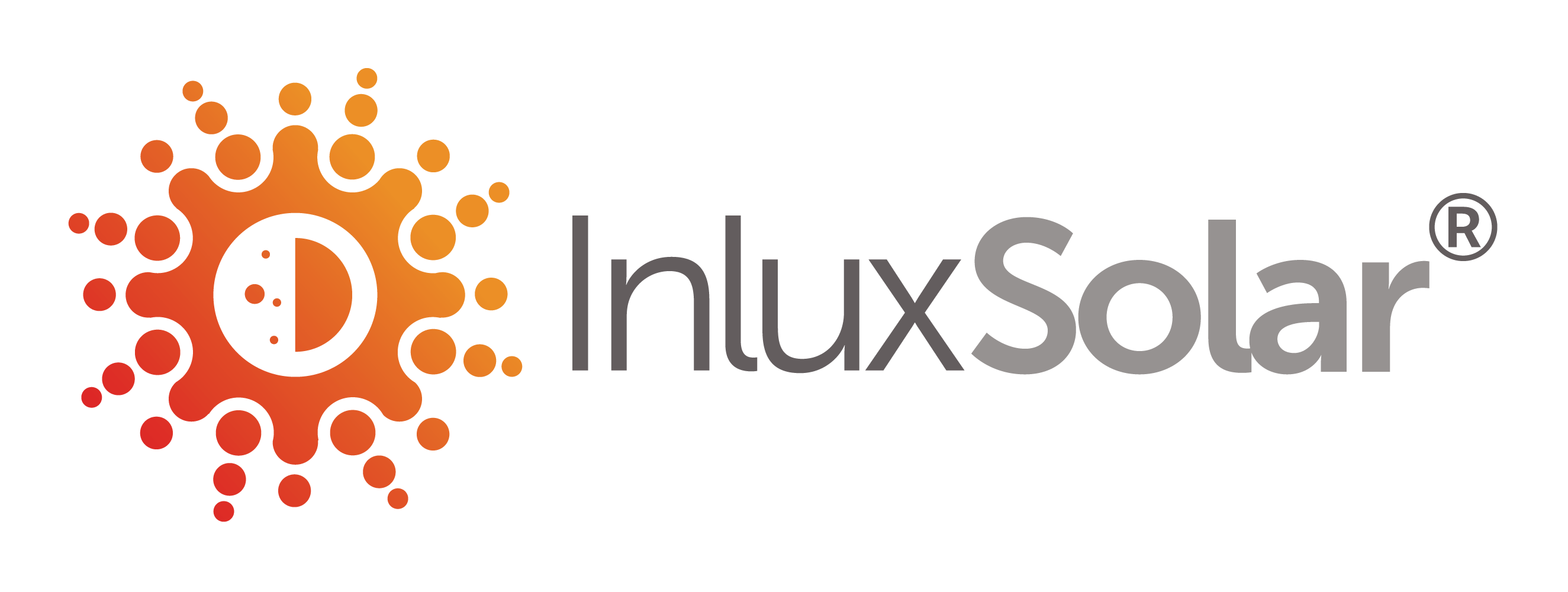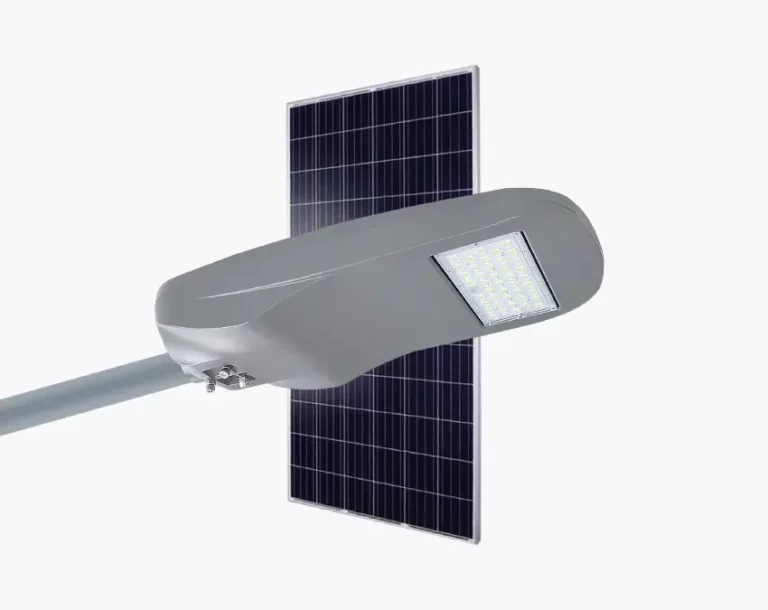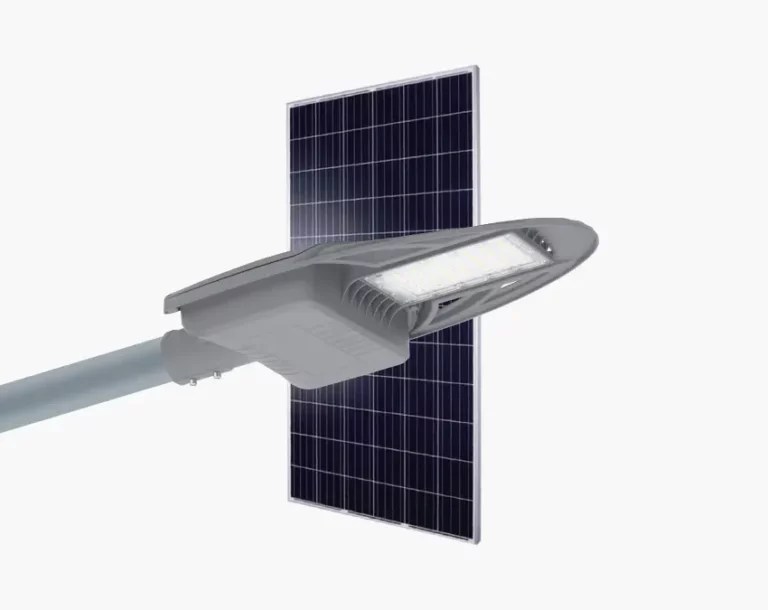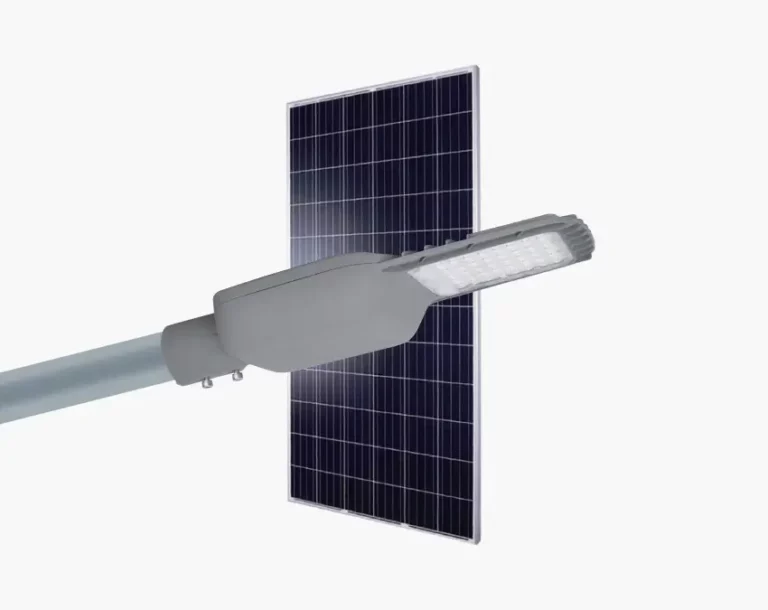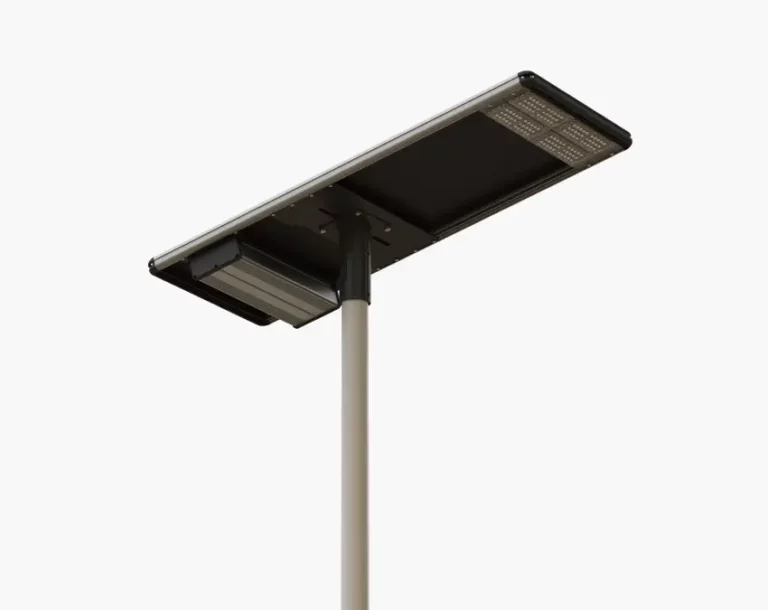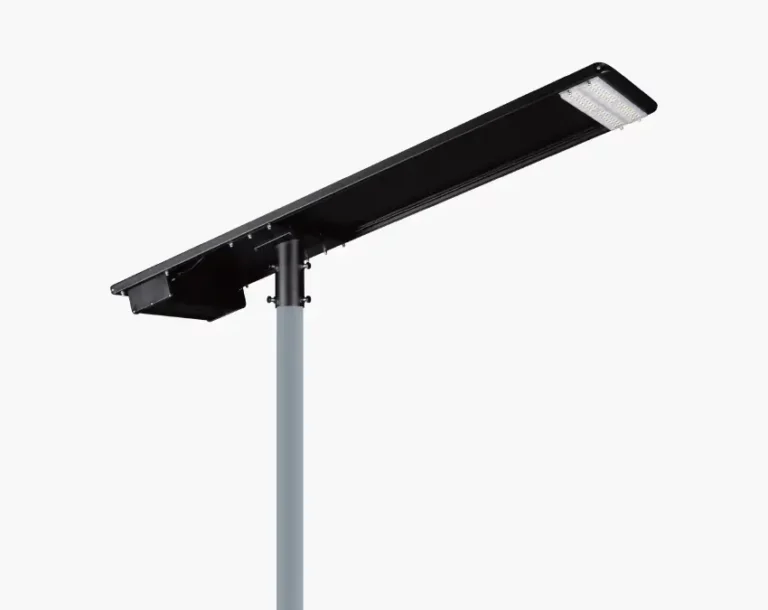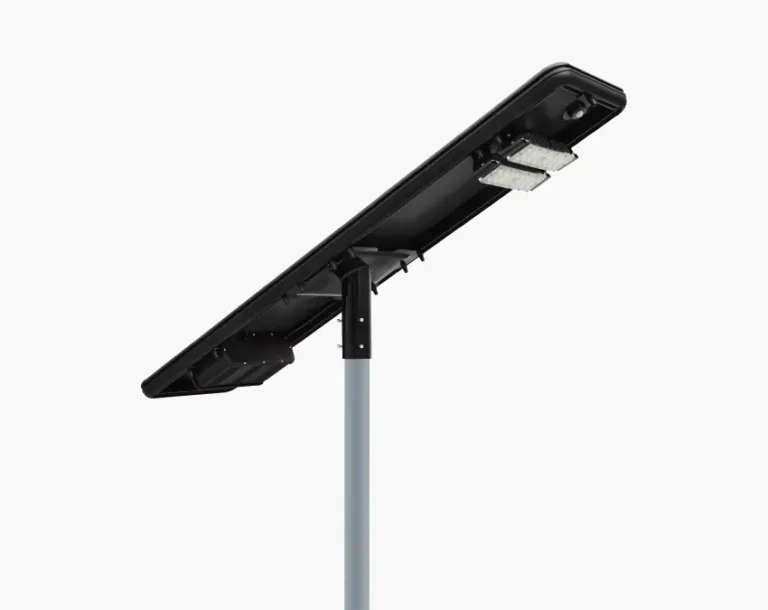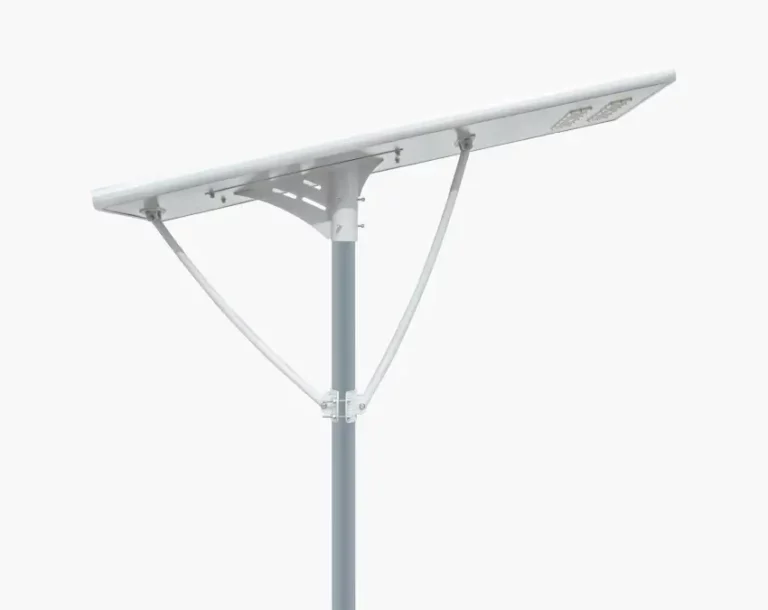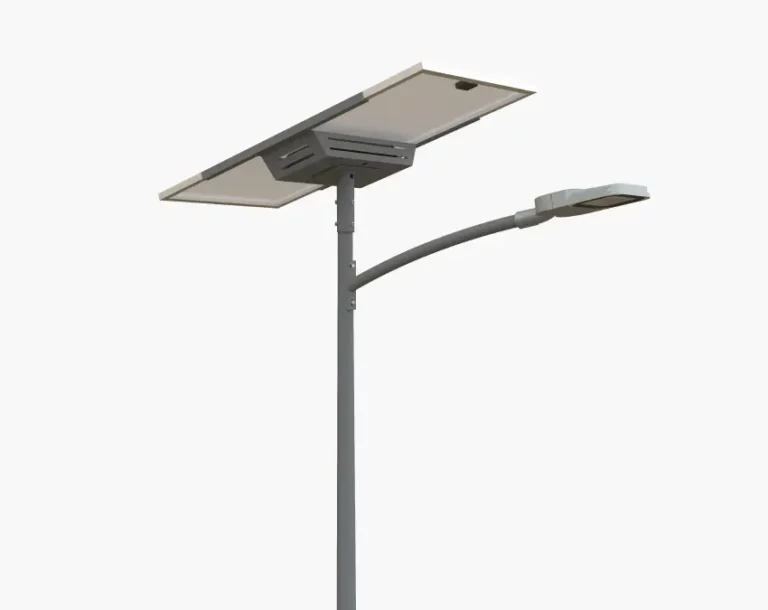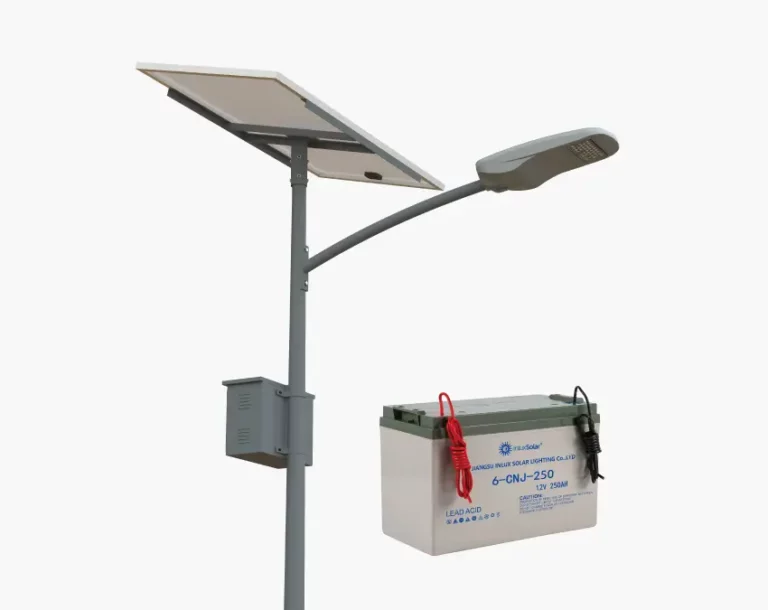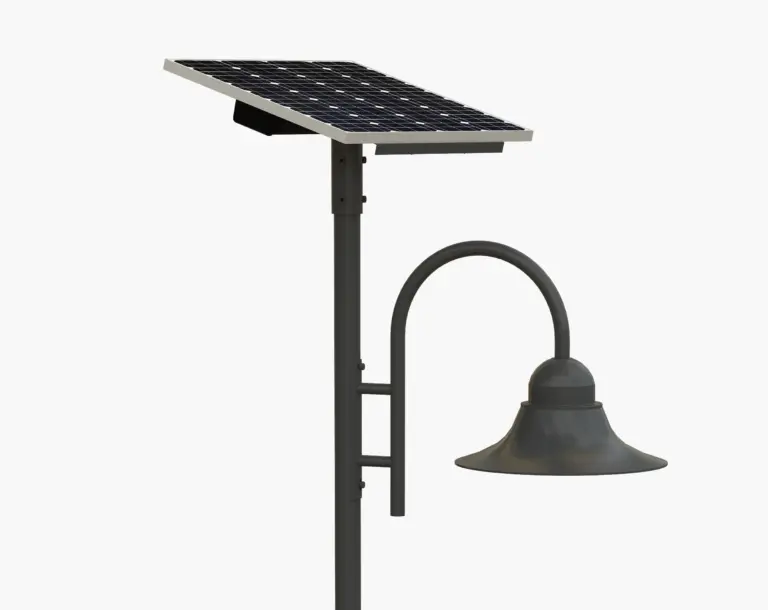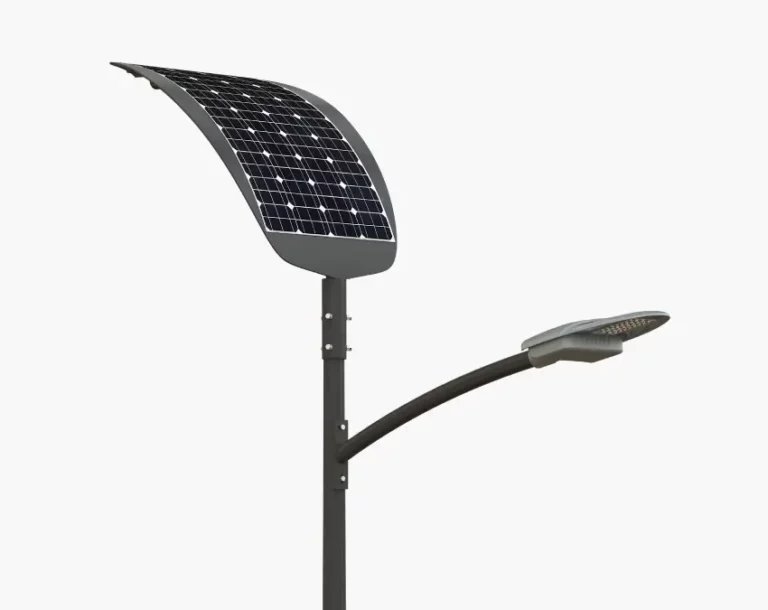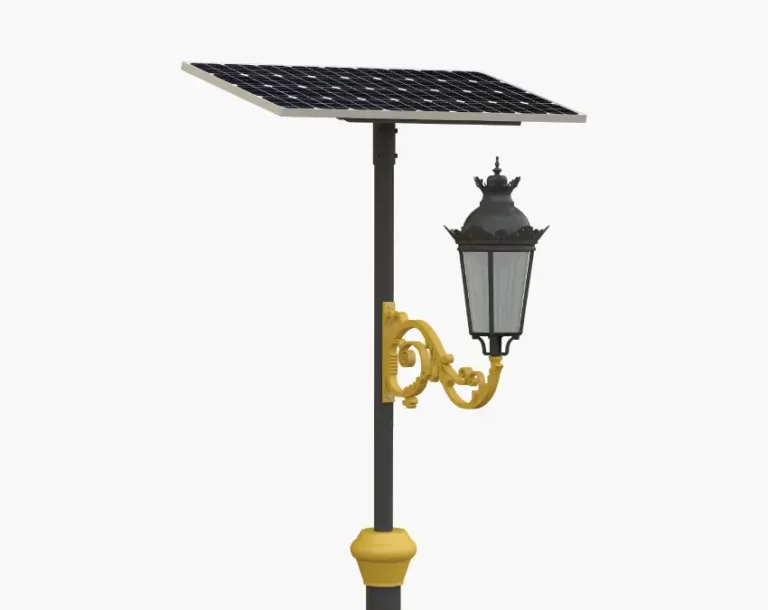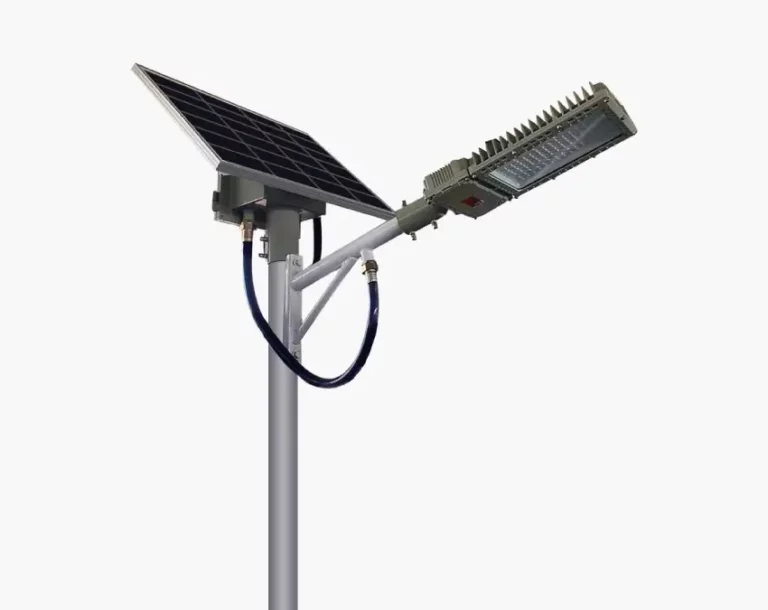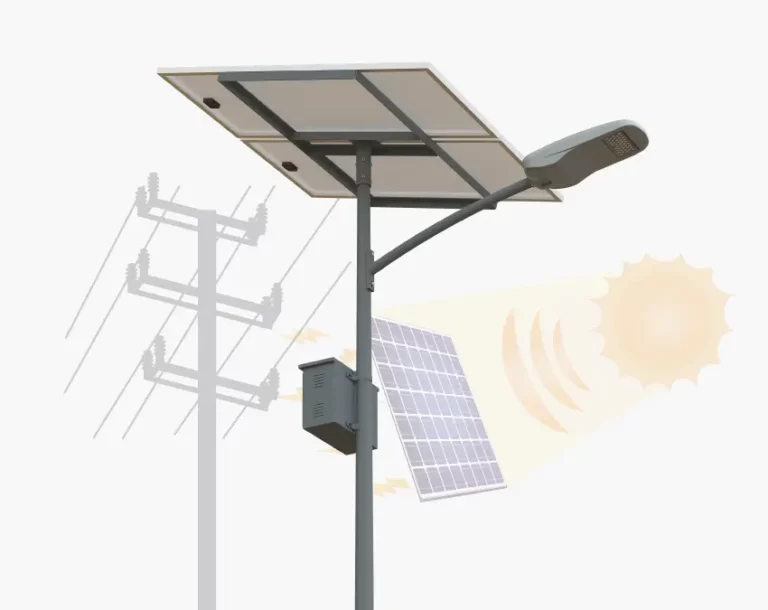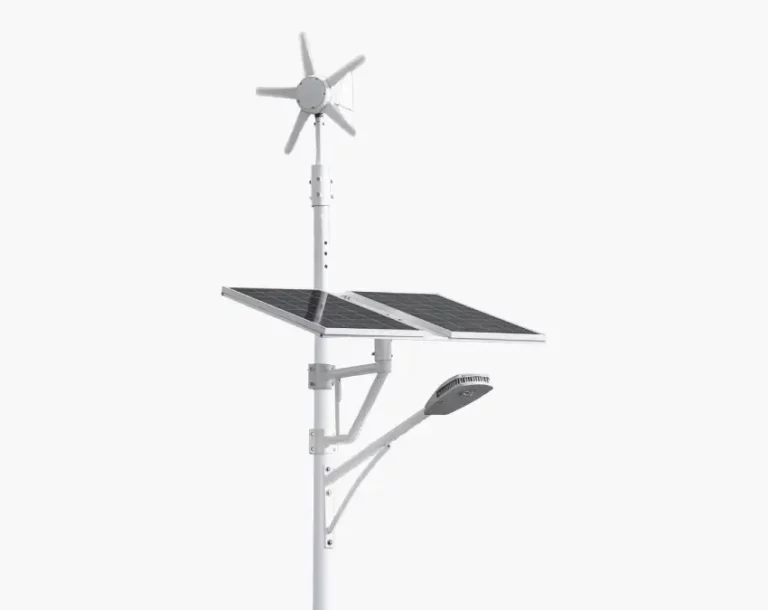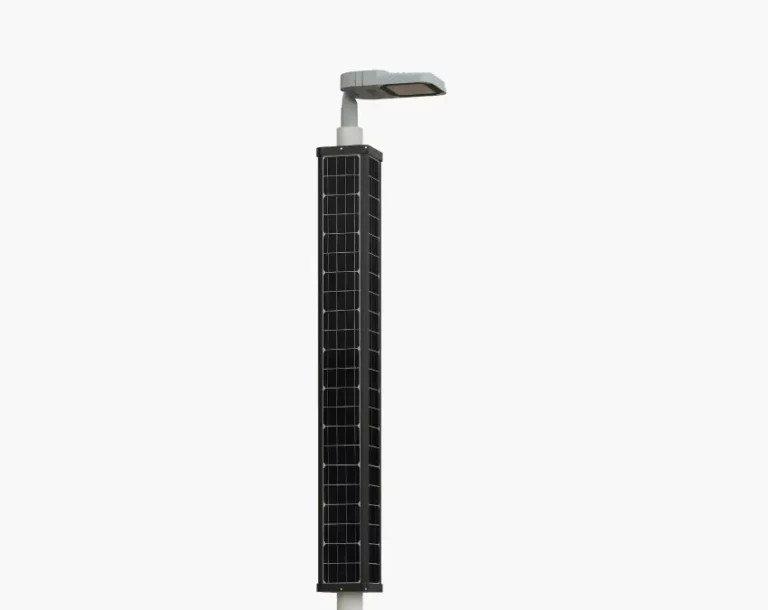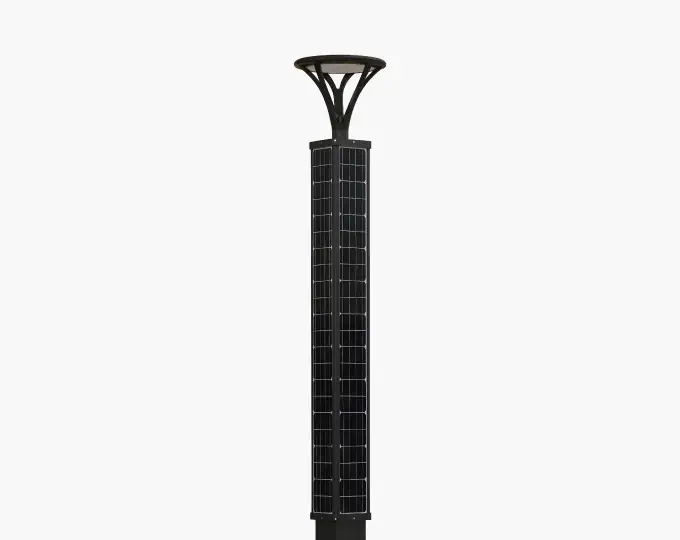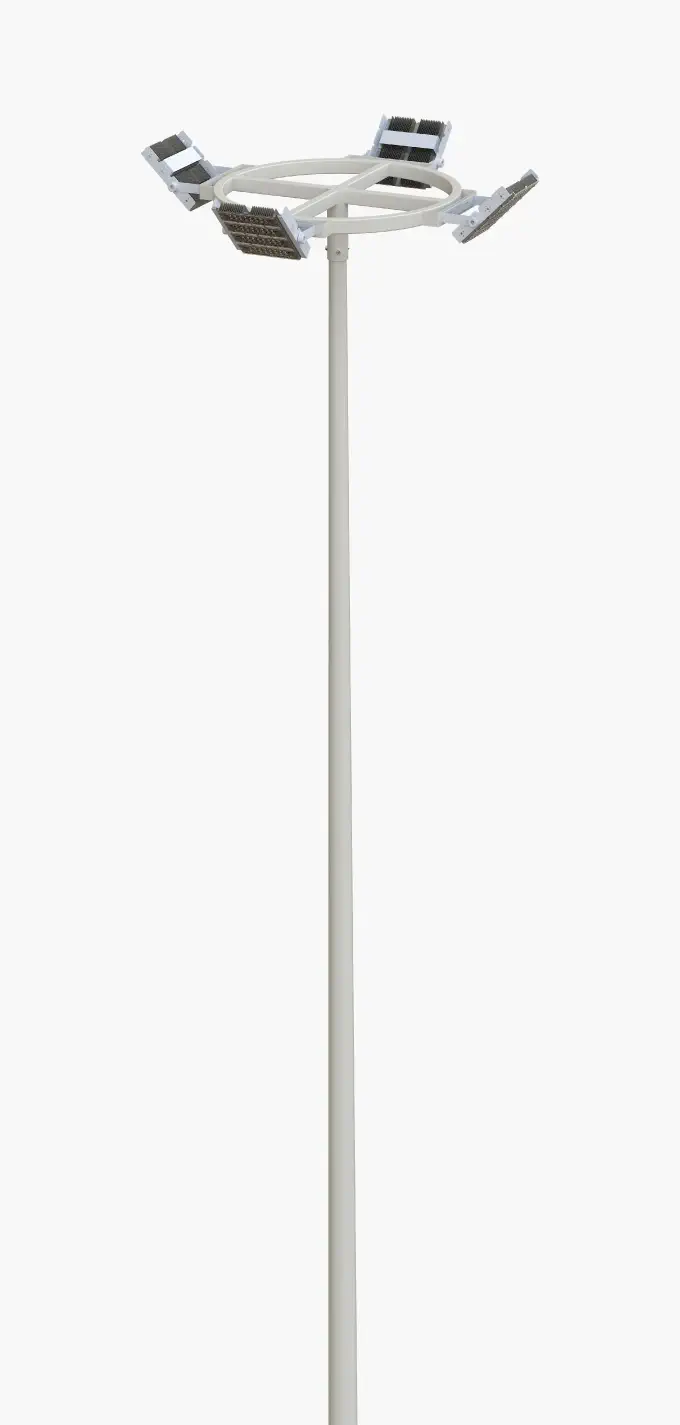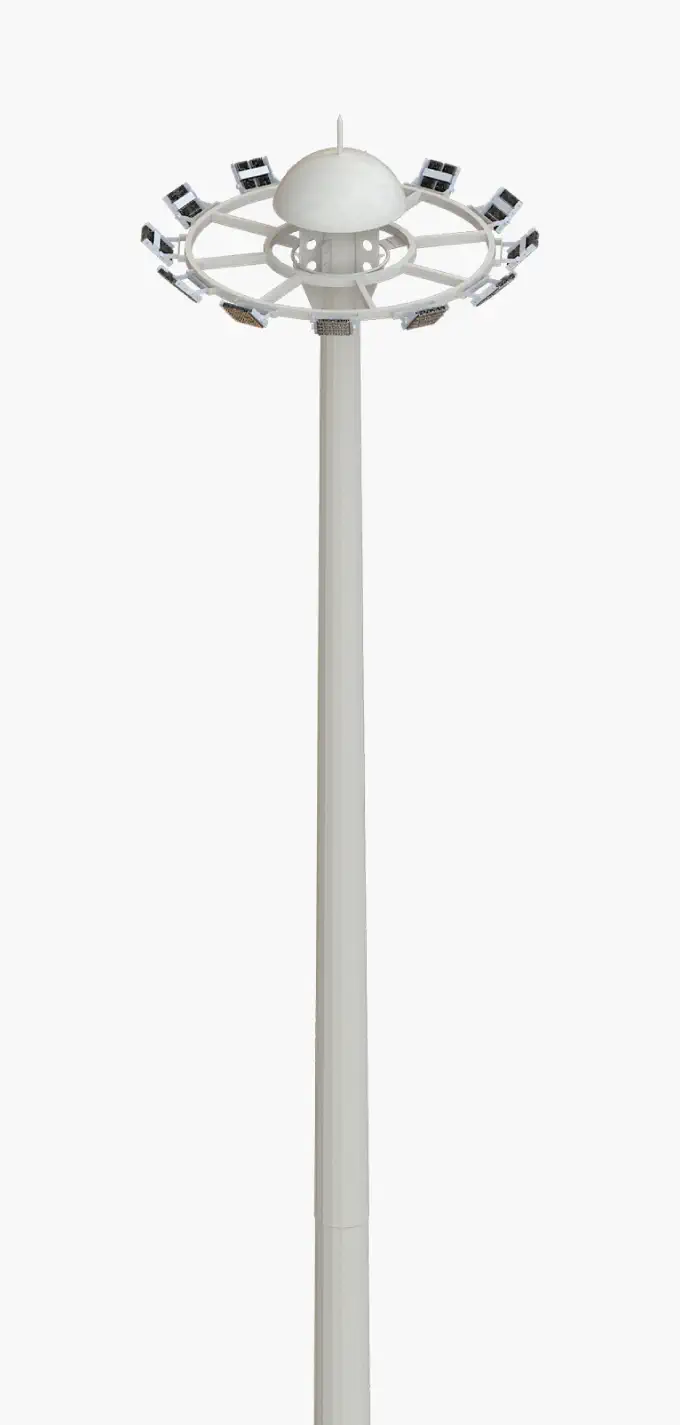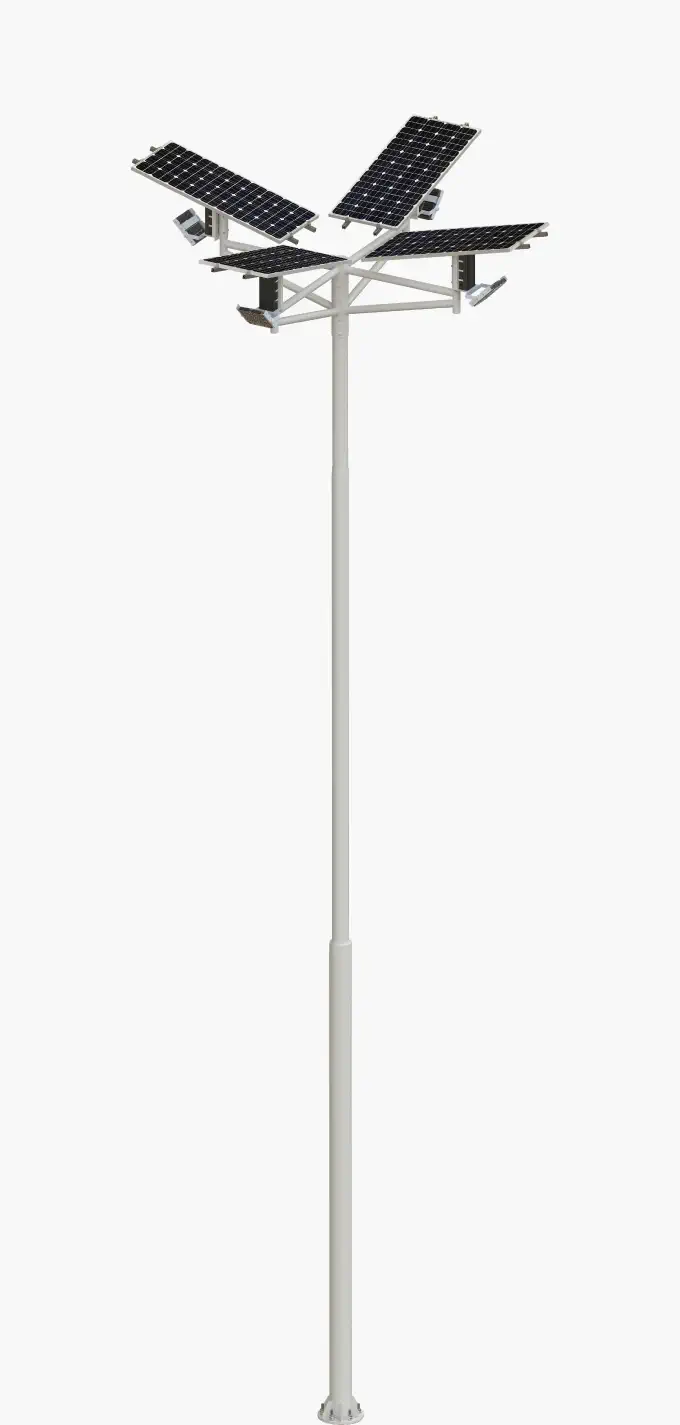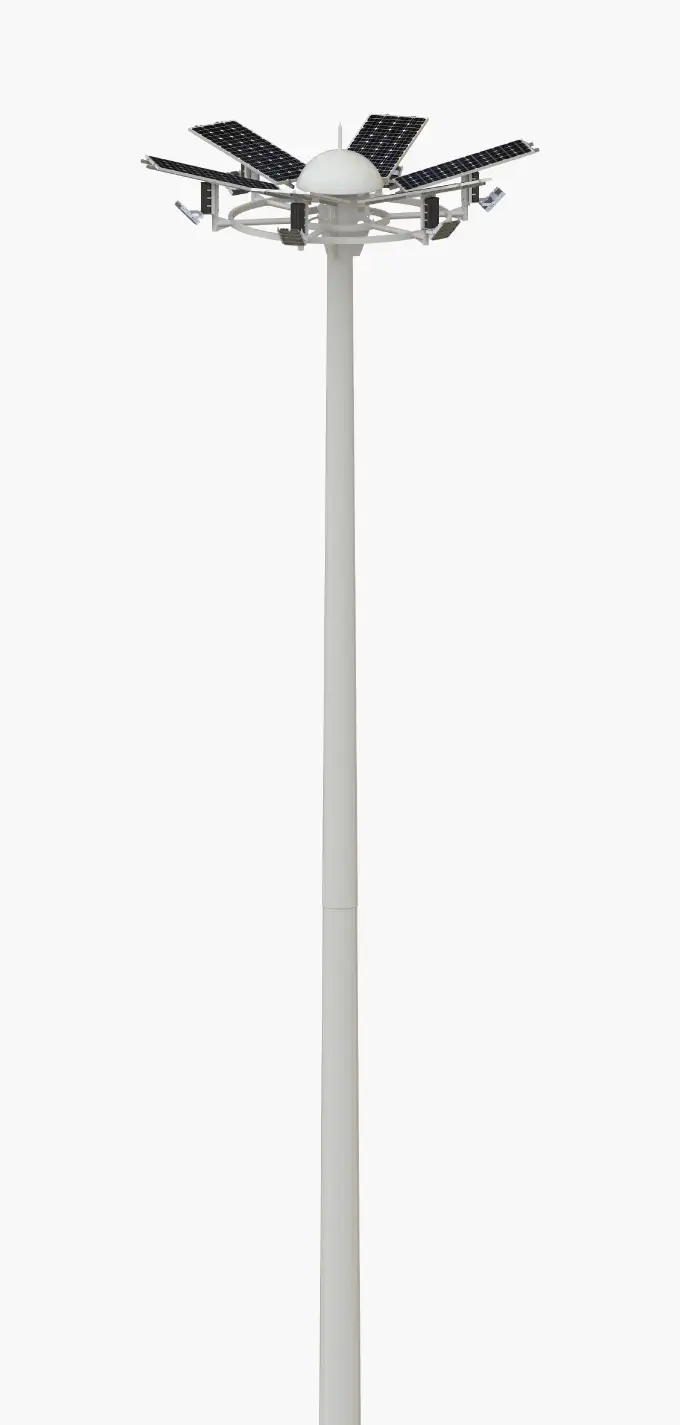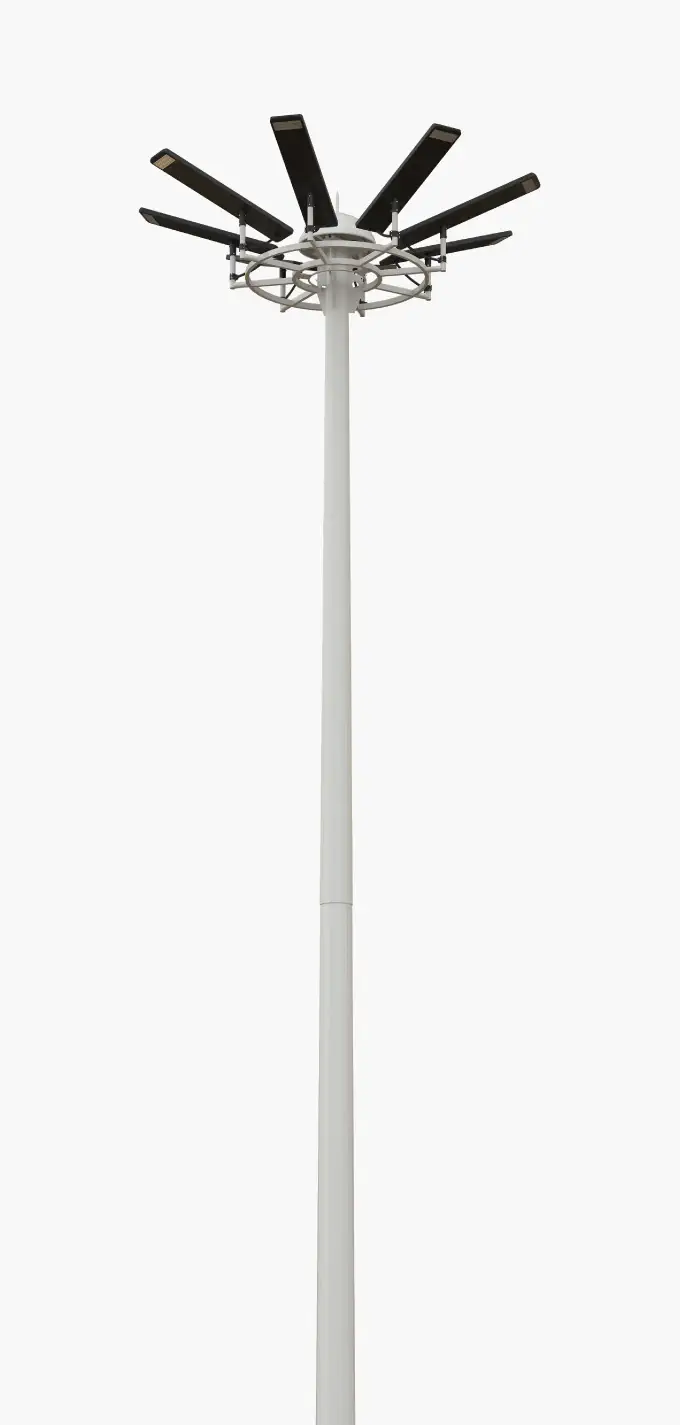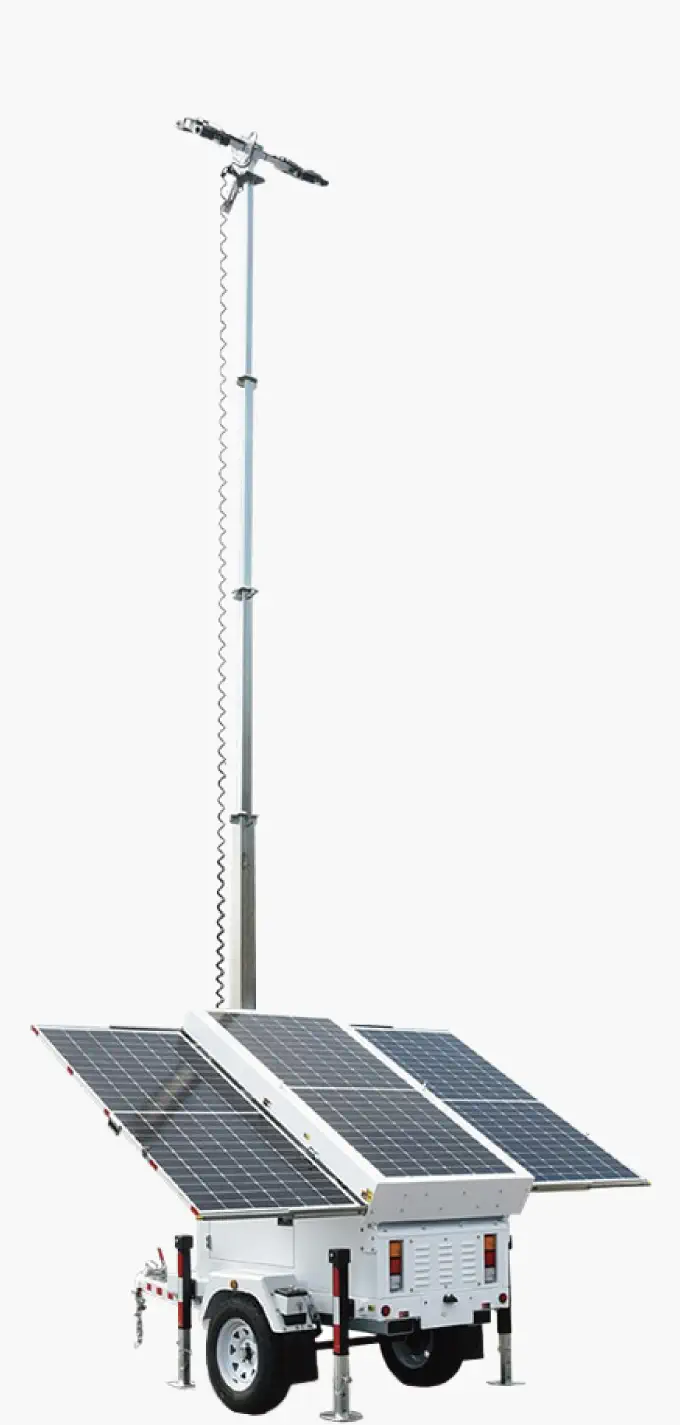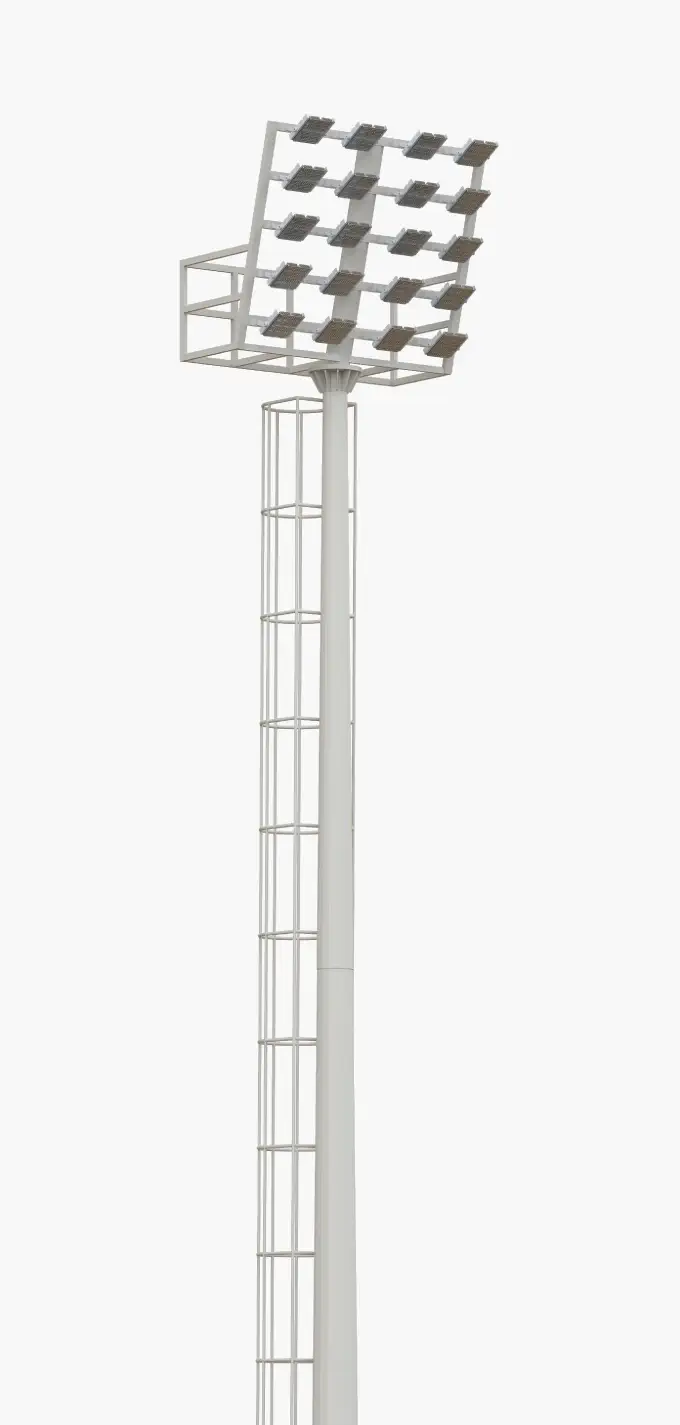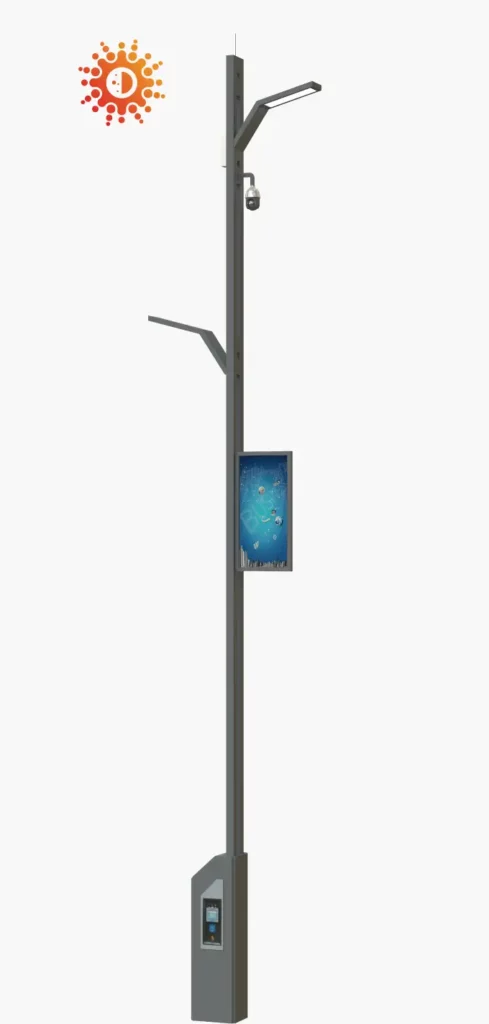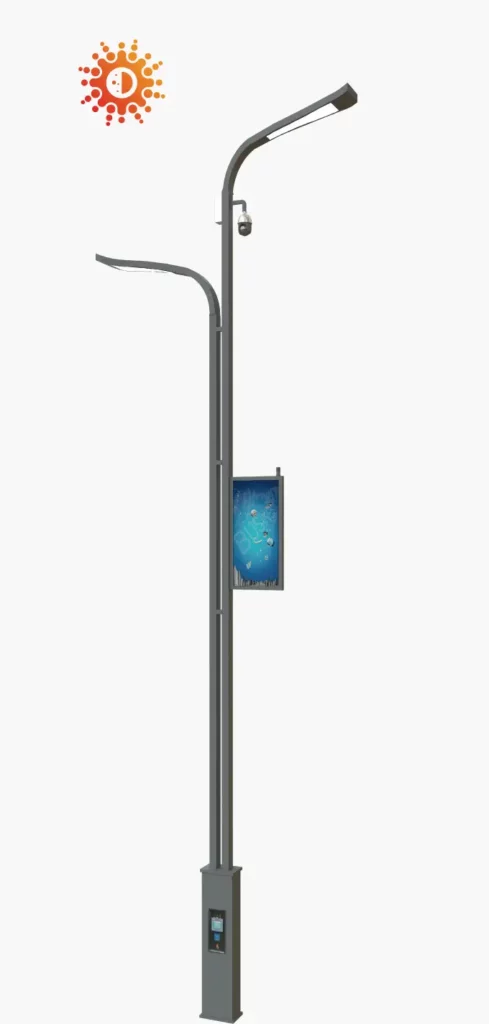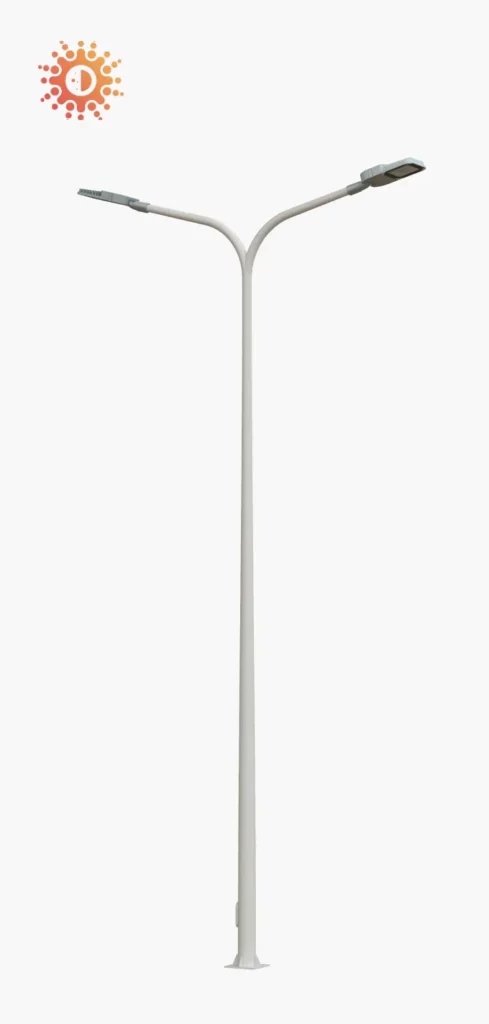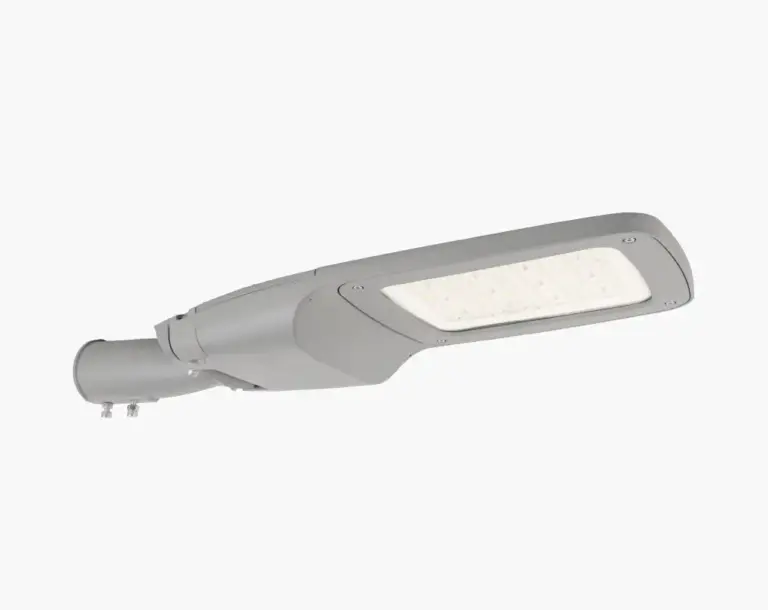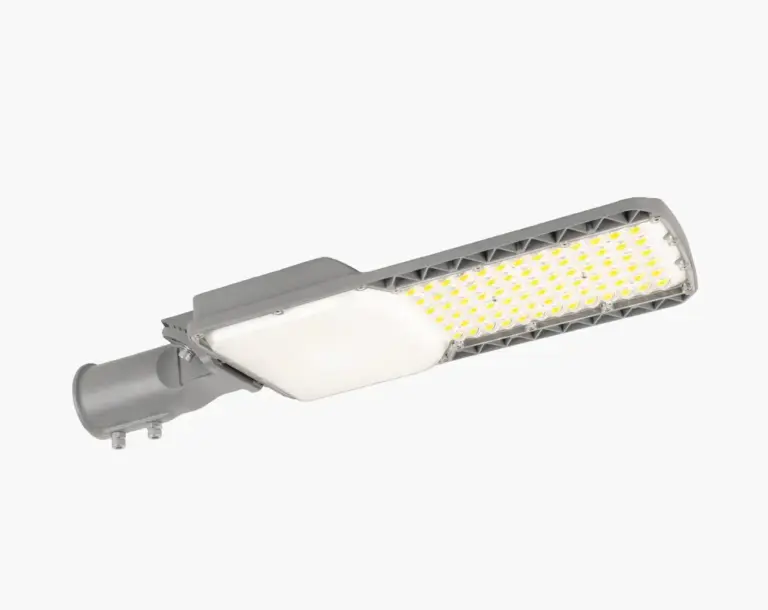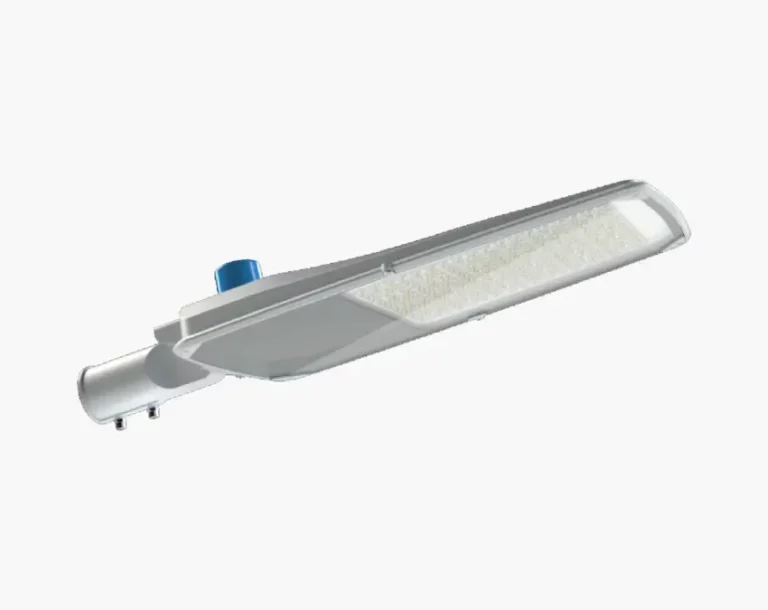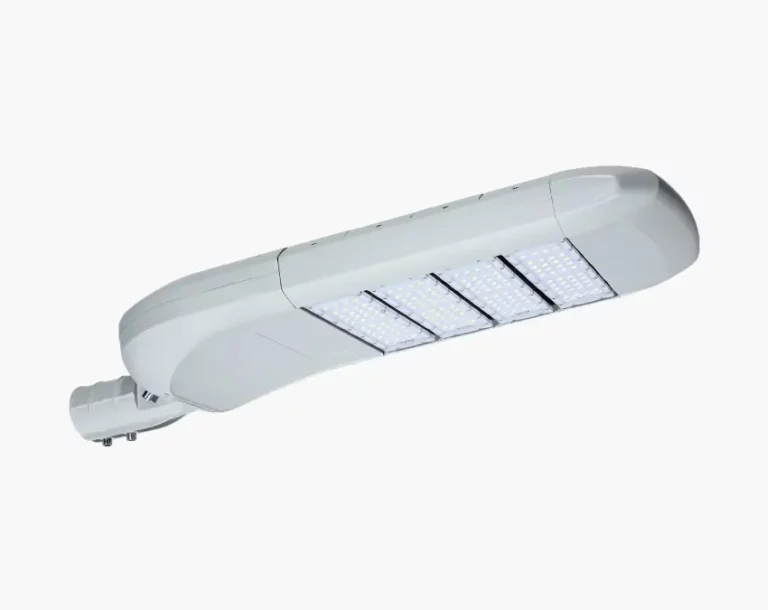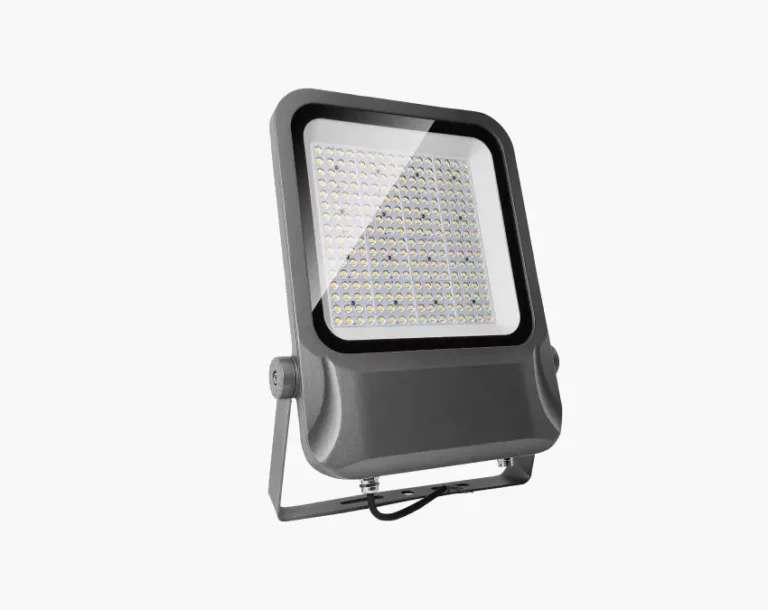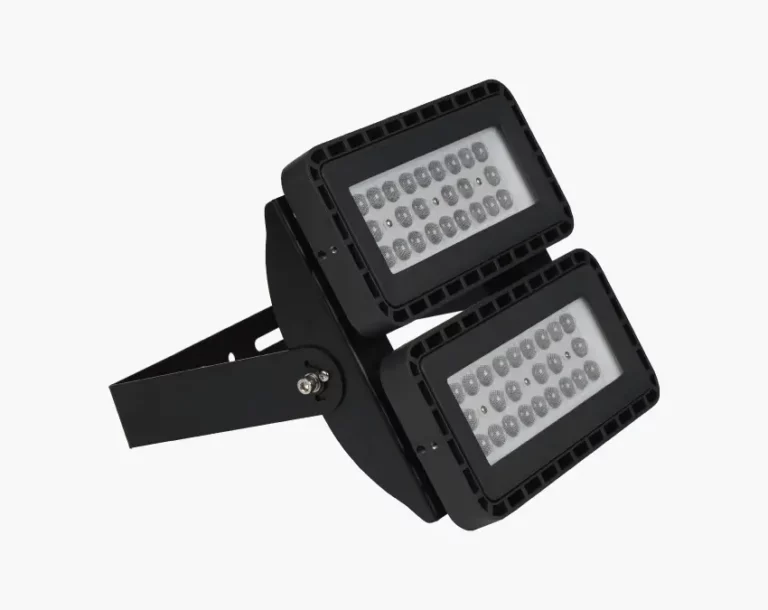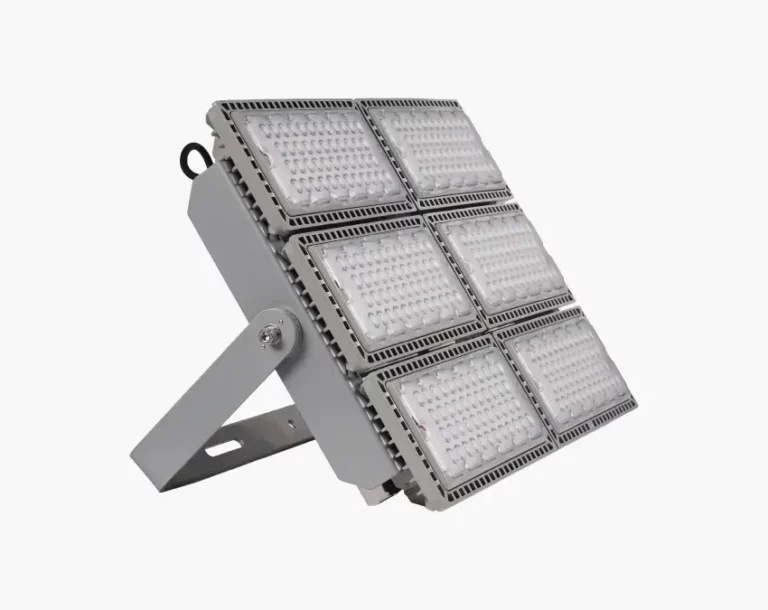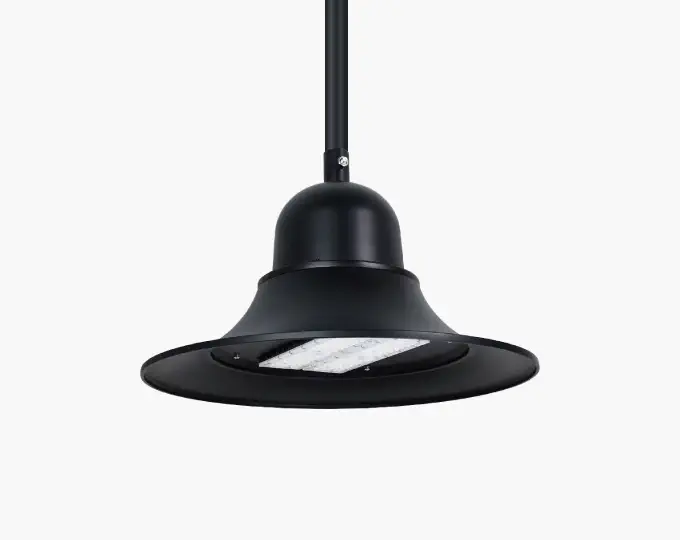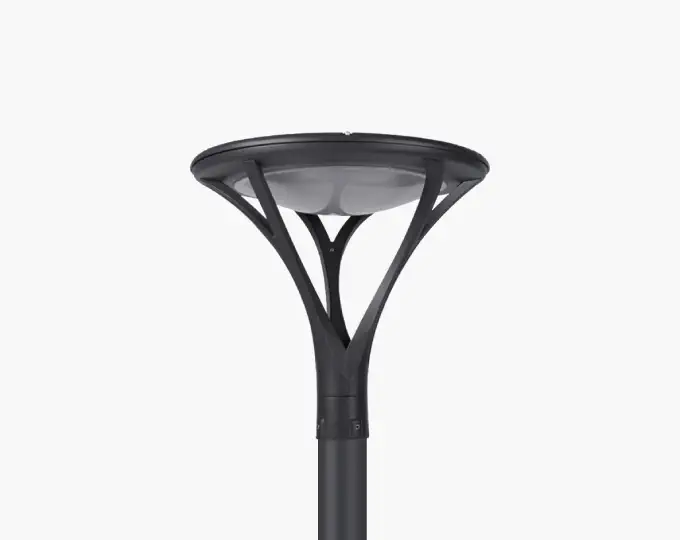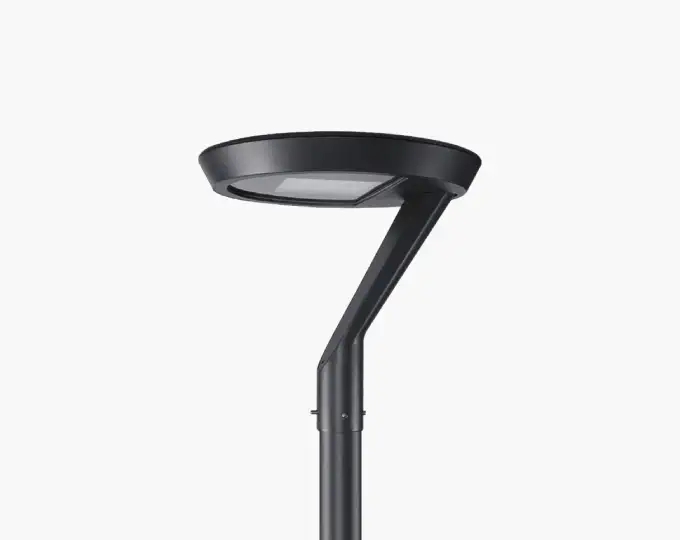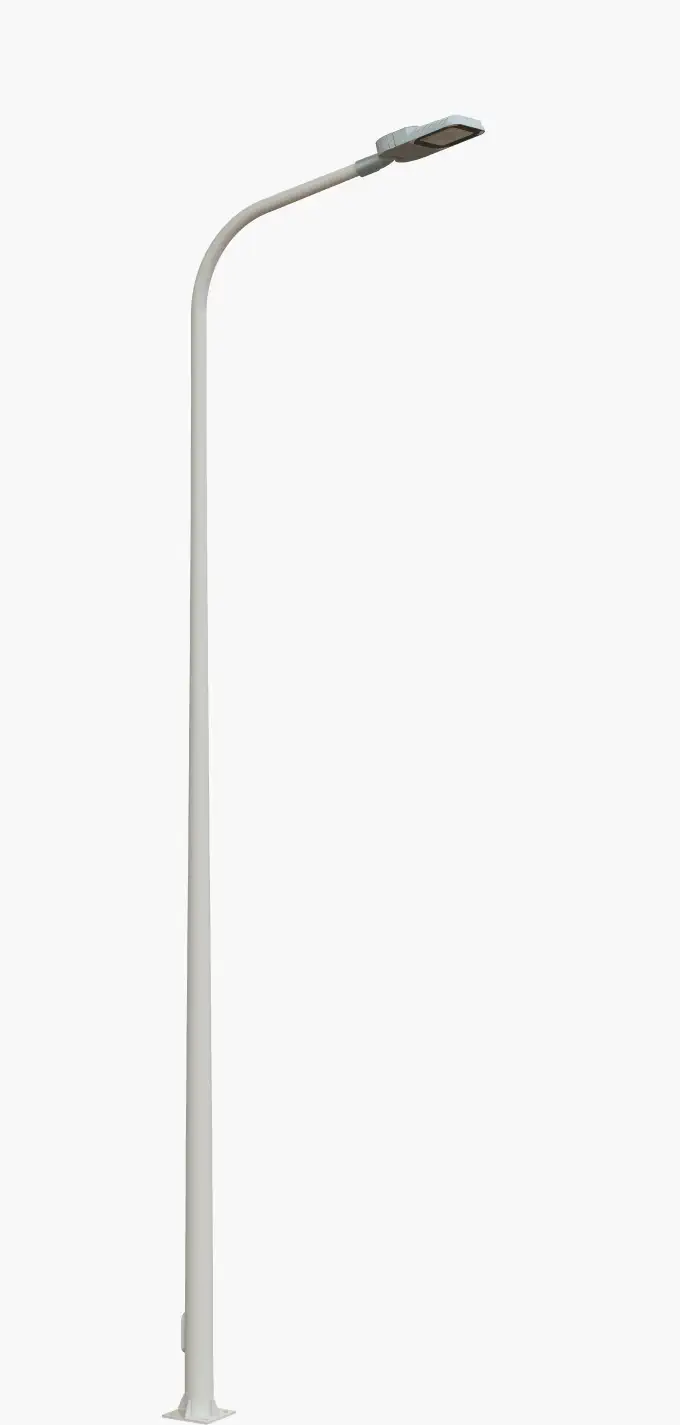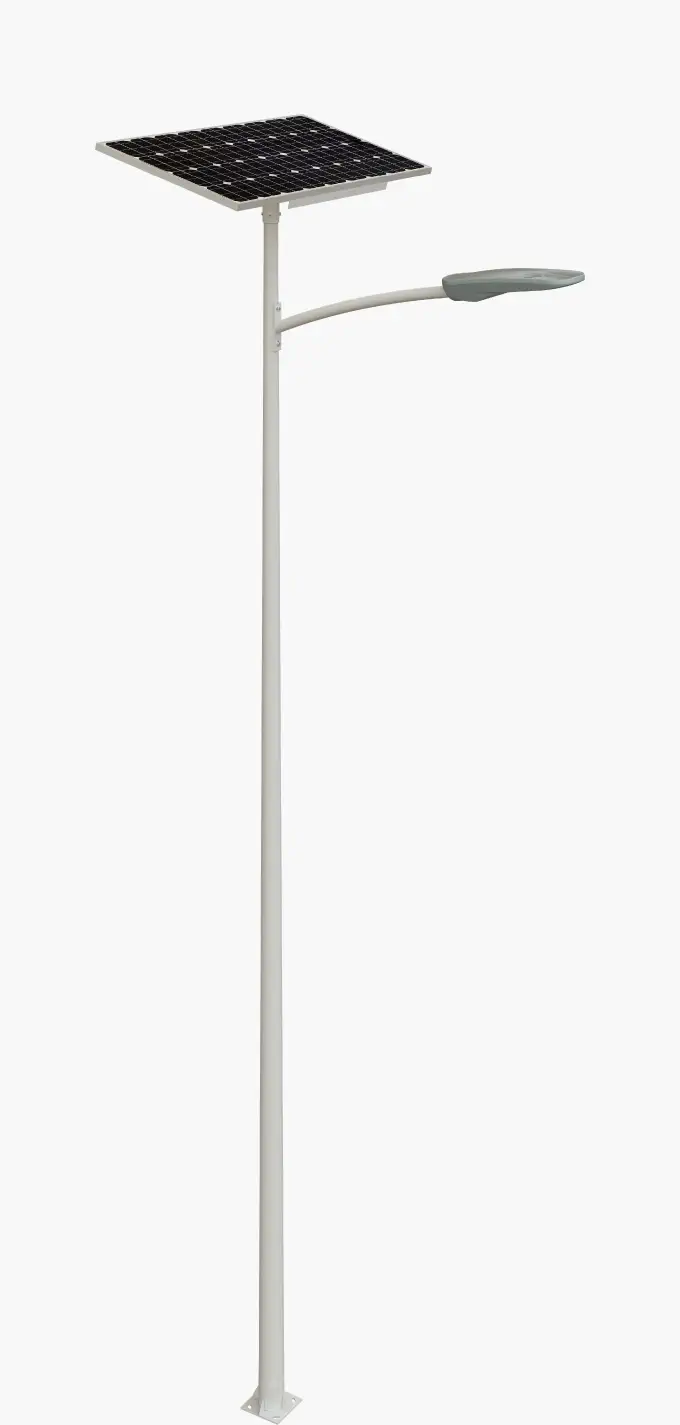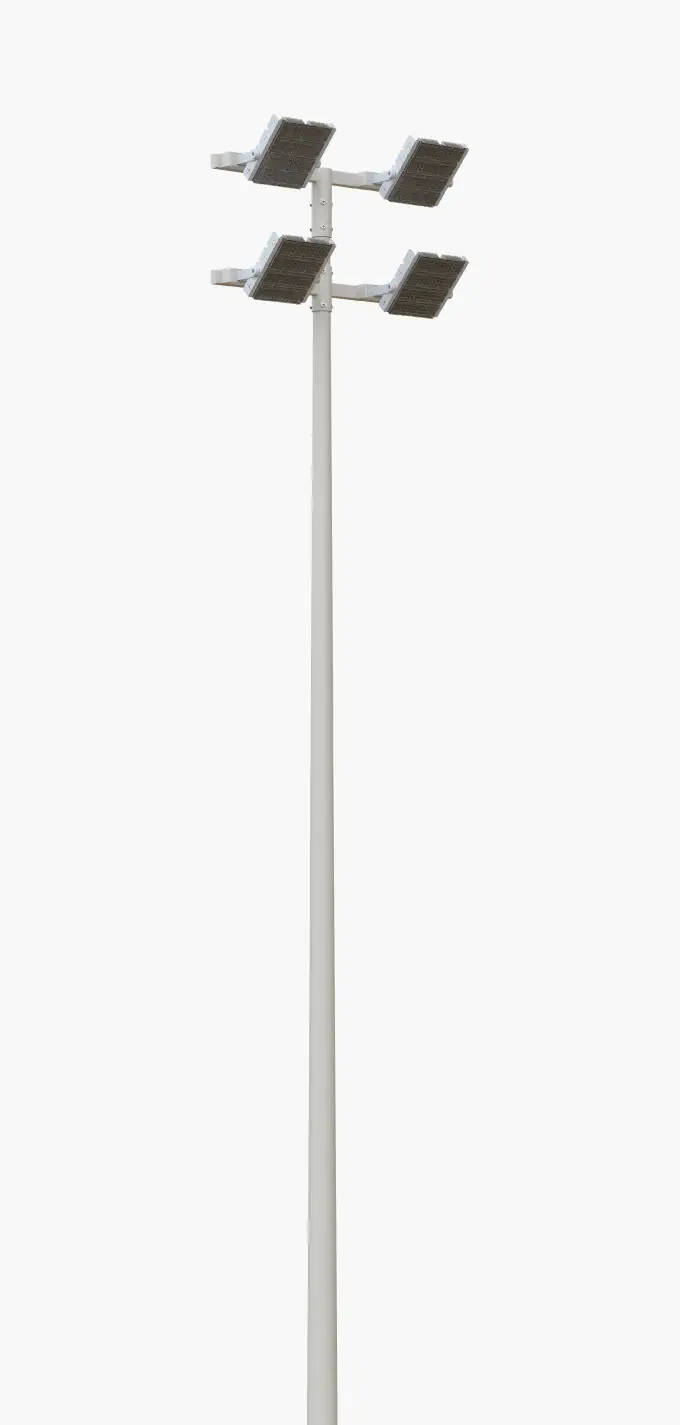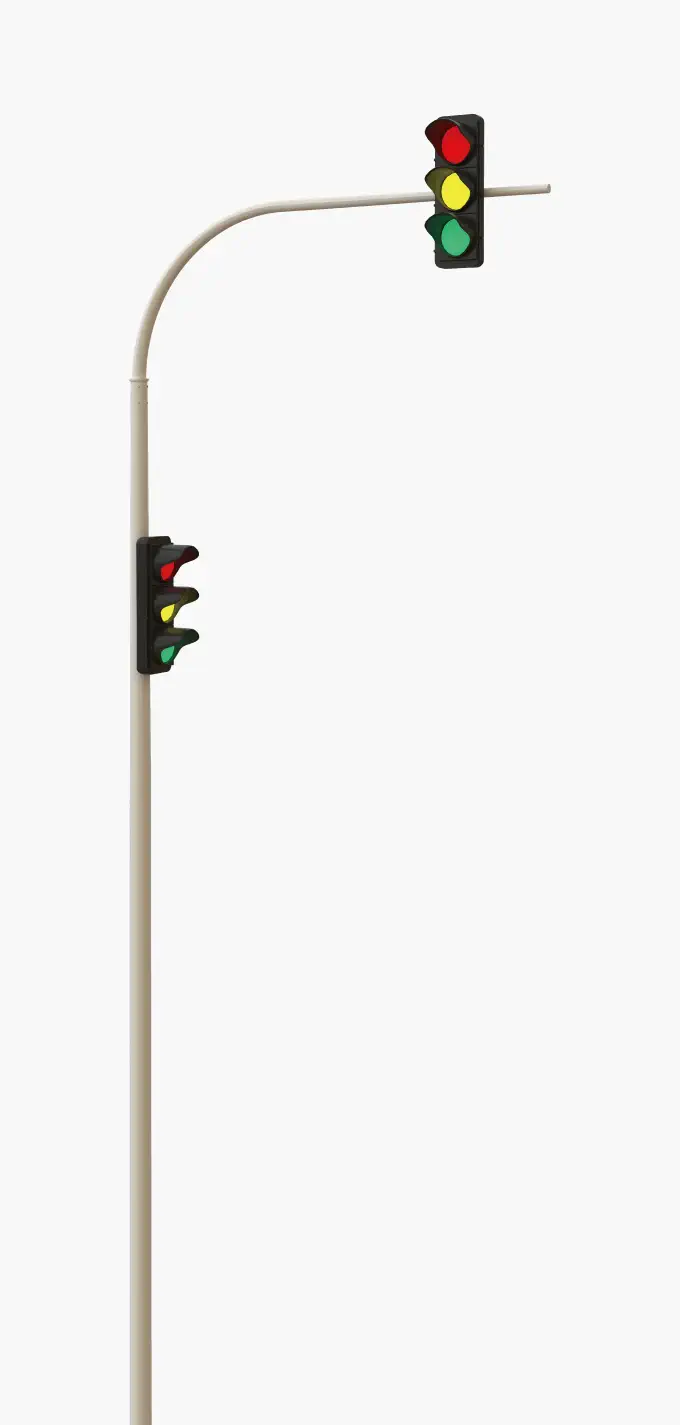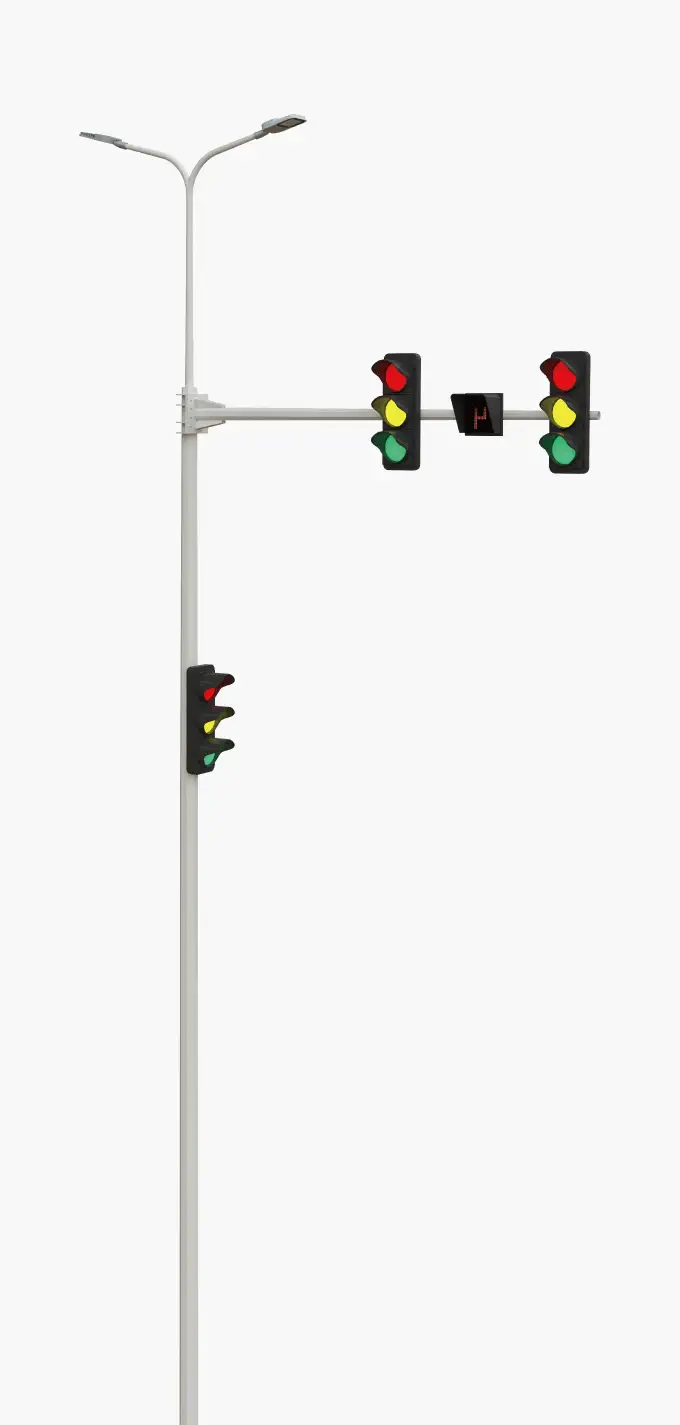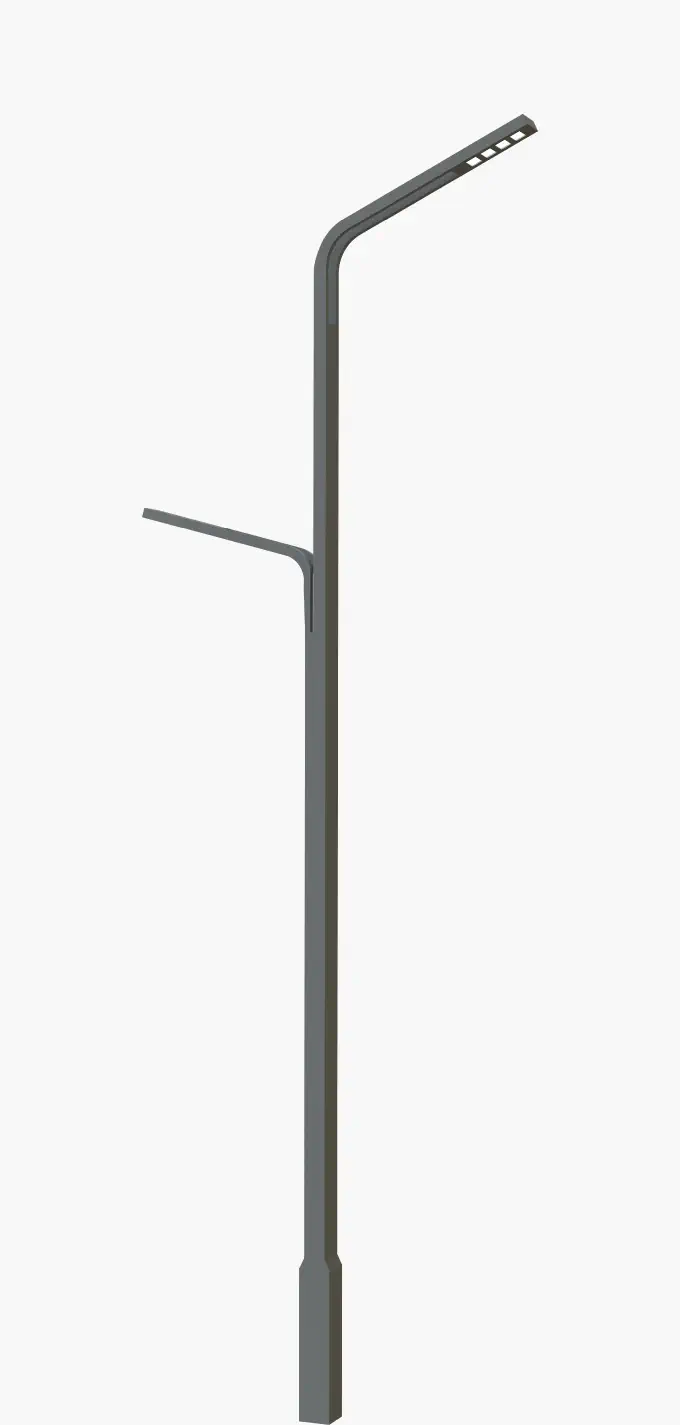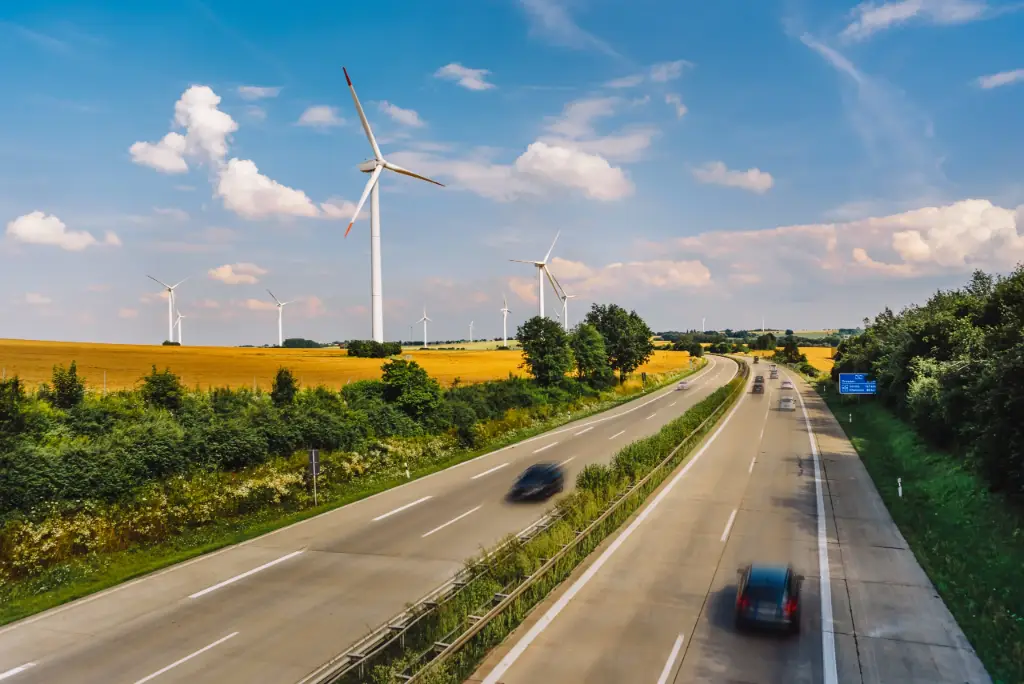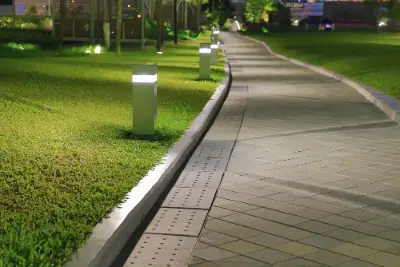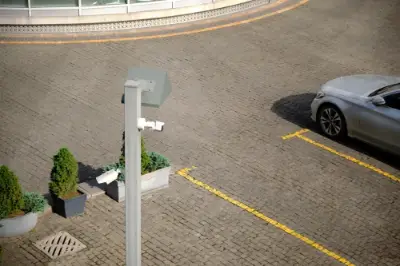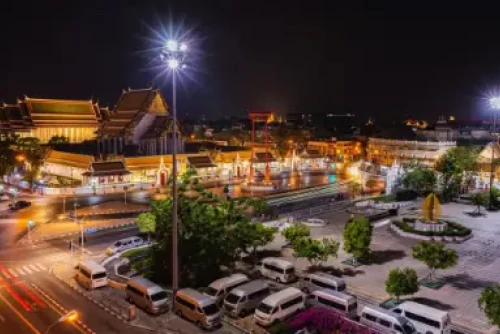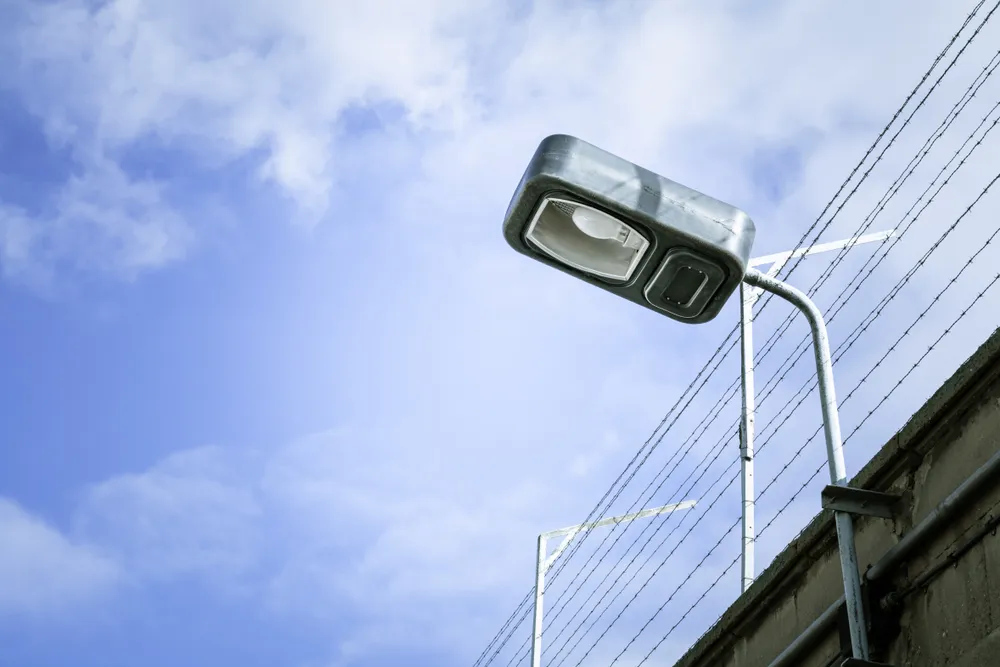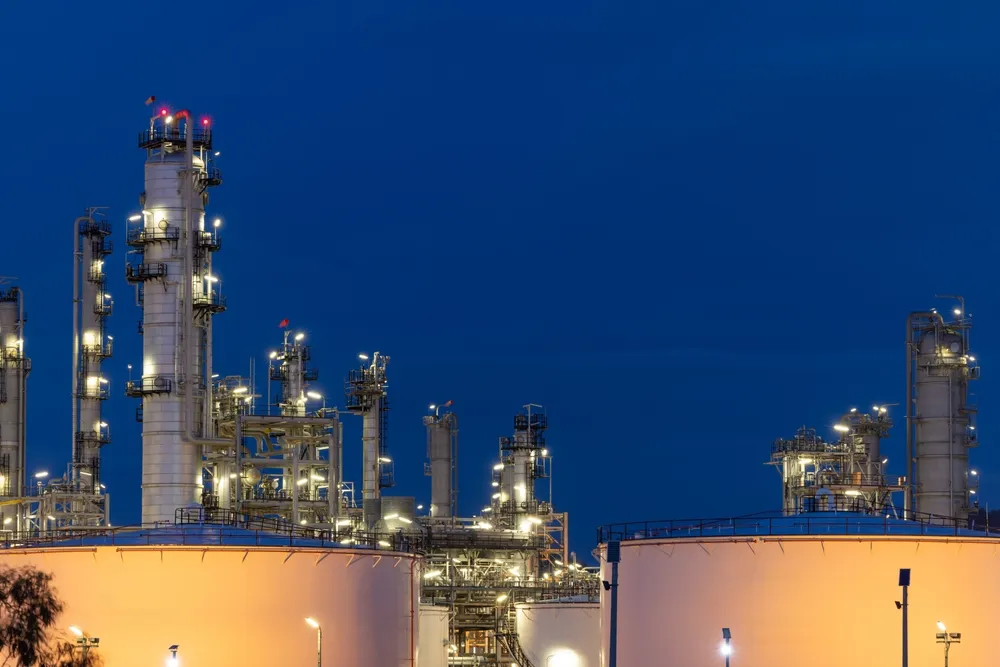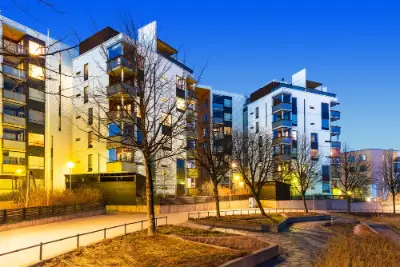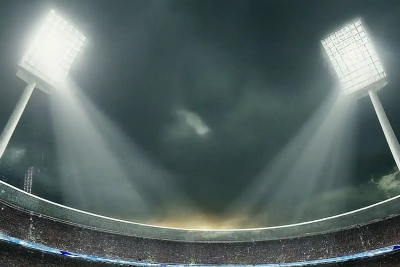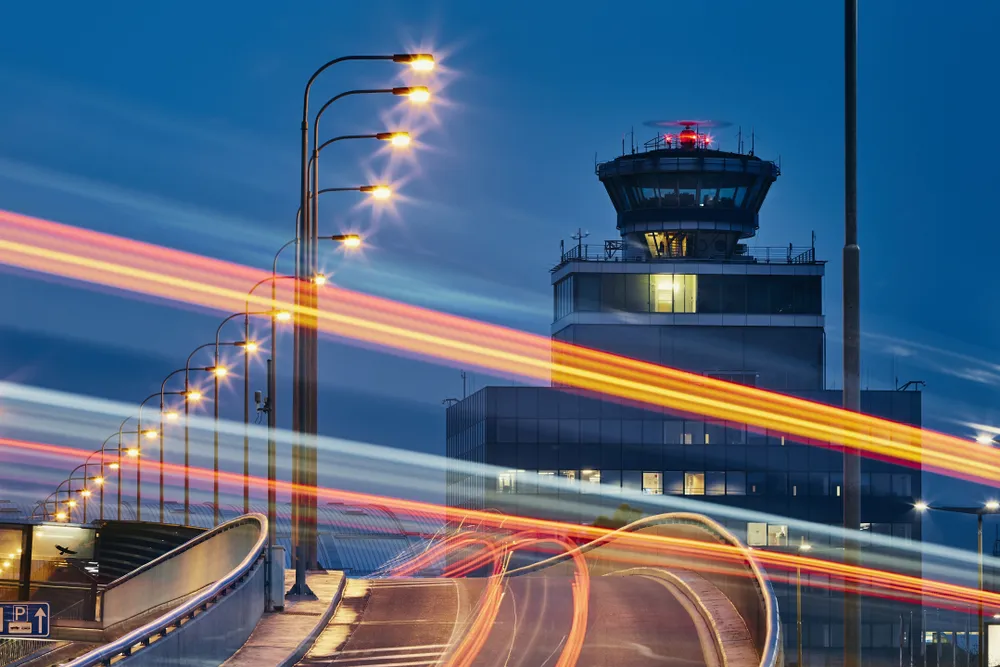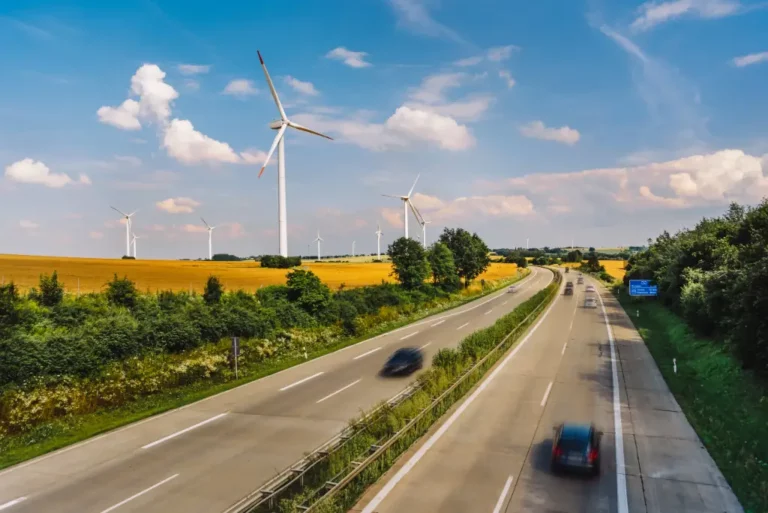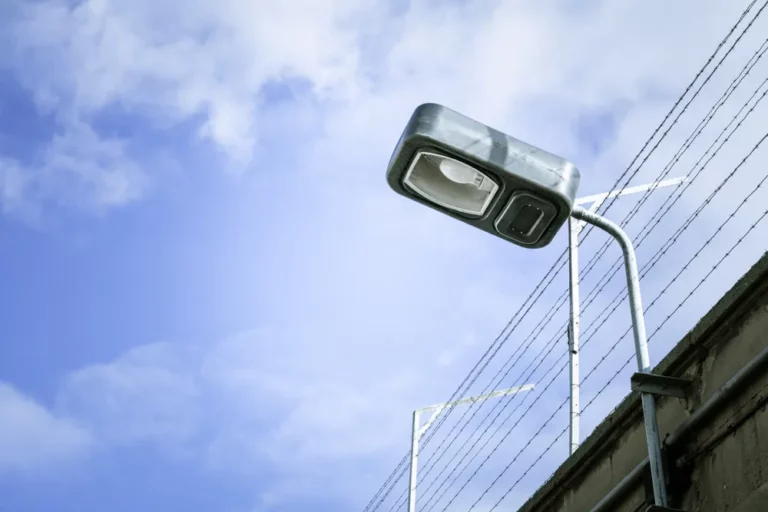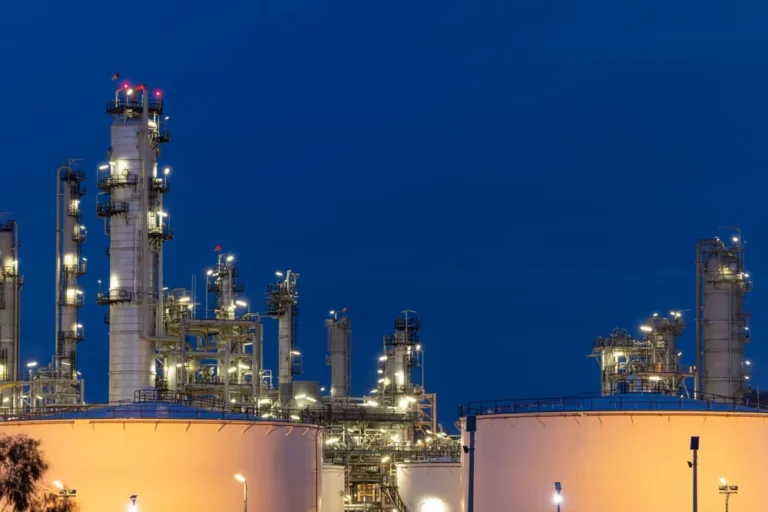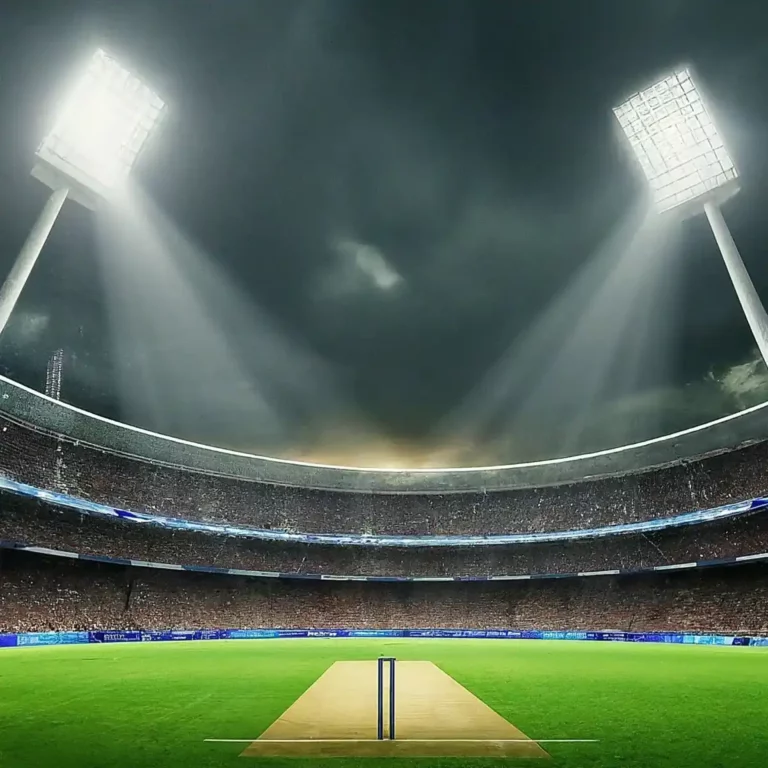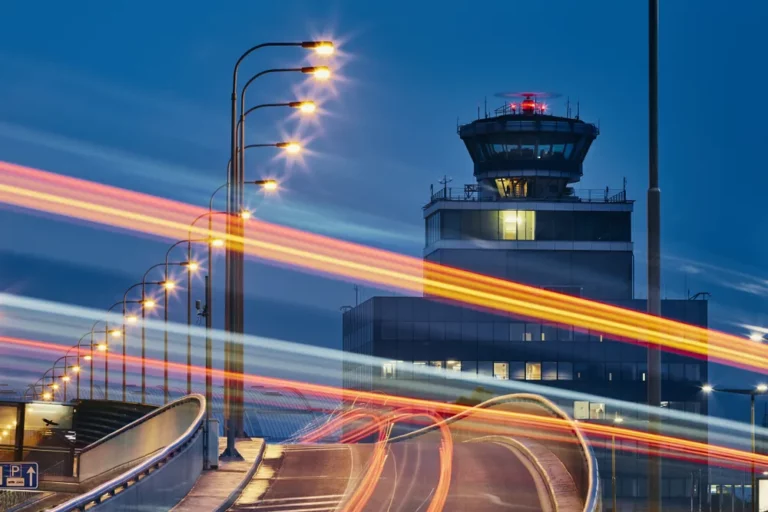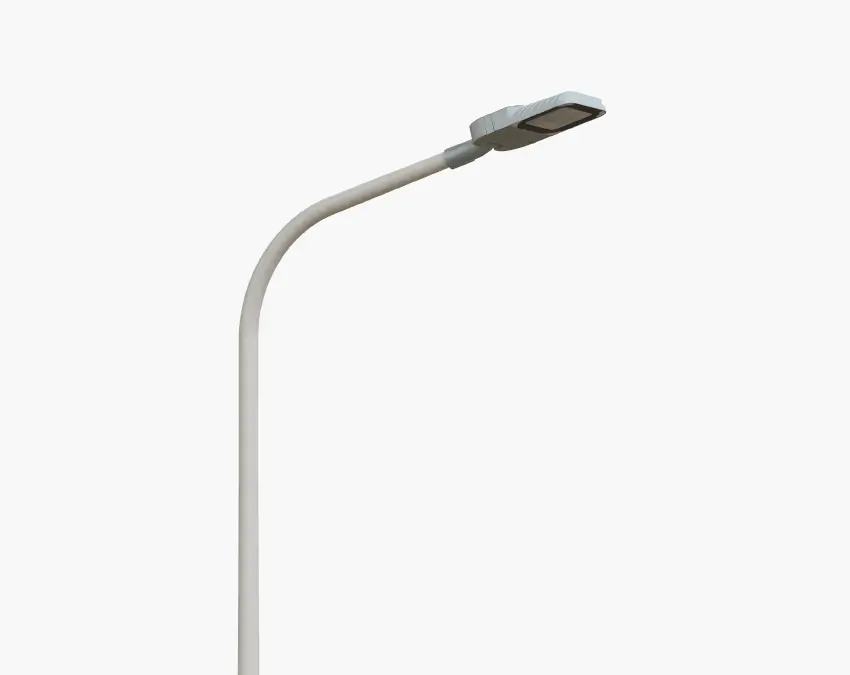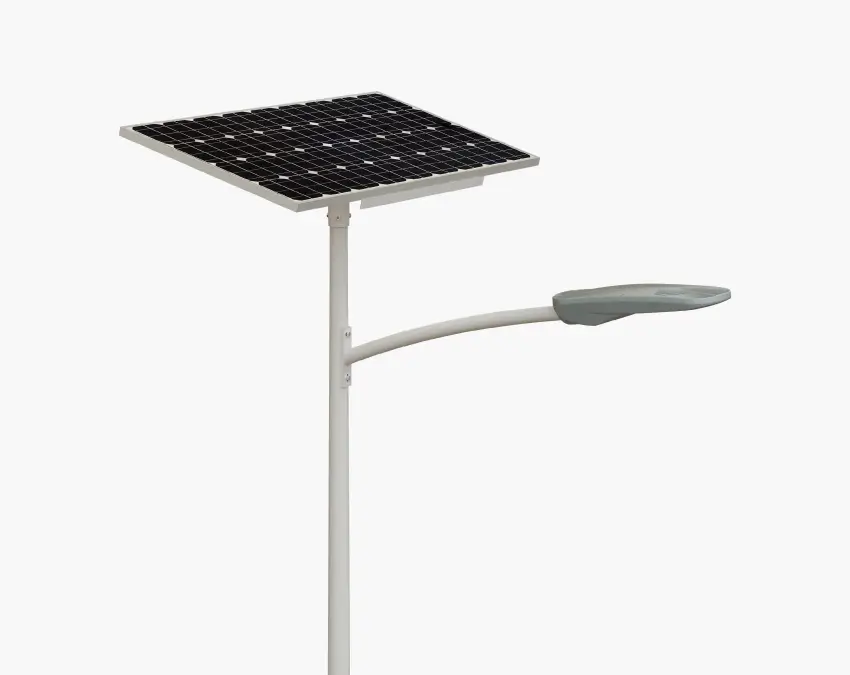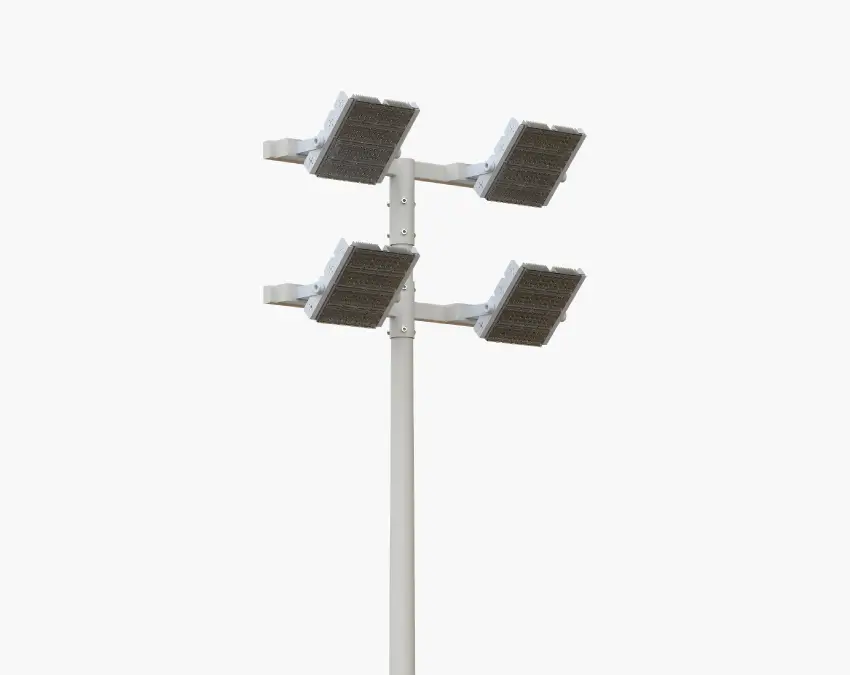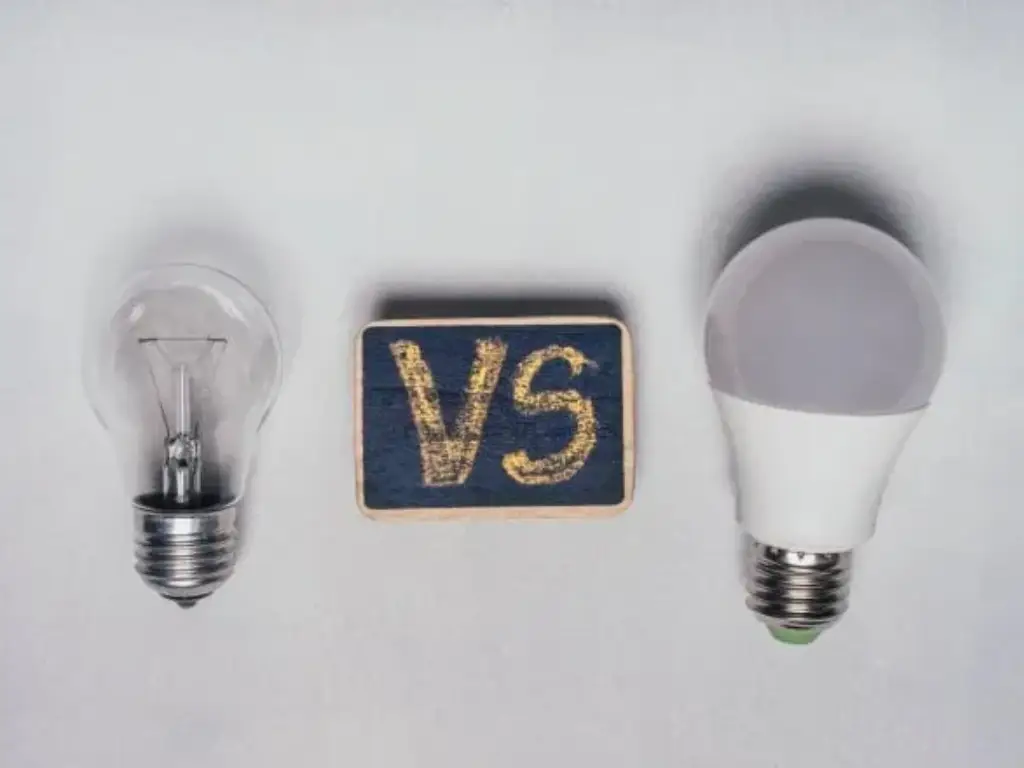
In the world of lighting innovation, few comparisons among various types of lighting have sparked as much discussion as the one between incandescent bulbs and Light Emitting Diodes (LEDs). For decades, incandescent lighting held sway, its familiar glow found in homes and businesses across the globe. Its warmth was incomparable, and its simplicity, comforting. However, just like the horse and buggy eventually gave way to the automobile, a new challenger has emerged, transforming the very foundation of how we understand light. This isn’t merely a battle between two technologies; it represents the main difference driving a profound shift toward a world powered by intelligent design, efficiency, longevity, and technological refinement.
In the following sections, I will provide step-by-step comparisons of LED and incandescent bulbs, based on various performance metrics and discussing the advantages of each. Our aim is a broad understanding of the energy consumption and environmental realities alongside the subtle nuances of light quality, so that you can be empowered to make decisions in an increasingly lit world.
Energy & Savings: The Power Play
The main point in the incandescent versus LED discussion is that LEDs are more energy efficient. The traditional incandescent bulb which was invented in the late 1800s, uses the principle of resistance to work. A thin filament is heated by electricity which causes it to glow and produce light. In fact, most of the energy from the sun is turned into heat, while only a small part becomes light. In essence, it is always hungry for power and uses most of it to produce heat instead of light. As a result, people and organizations end up paying more for electricity each month.
Unlike the fluorescent lamp, the LED is a solid-state device that creates light using electroluminescence. When electricity flows through the semiconductor, it emits light with very little heat produced. Due to this difference in how they work, they are incredibly efficient. A 60-watt equivalent incandescent bulb is expected to use 60 watts to give off 800 lumens of light. An LED bulb that provides 800 lumens usually uses only 8 to 12 watts. This means the energy used is reduced by 80% to 90%.
Eventually, the small differences in wattage add up to significant savings. For example, a single bulb is on for three hours every day. If you use an incandescent bulb, it could cost you $7.00 in electricity, but an LED bulb would only cost less than $1. If you have dozens or hundreds of bulbs in a home, office or public area, the savings you make each year could be hundreds or even thousands of dollars. The initial higher purchase price of an LED, a barrier for some, quickly recedes into insignificance when viewed through the lens of long-term operational costs. For any enterprise or homeowner prioritizing financial prudence and environmental responsibility, the energy efficiency of LEDs makes them the undisputed champions in this illuminating arena.
Lifespan & Durability: A Clear Advantage
When frequent replacement is difficult or bothersome, the main concern is how long and how well a light source will last. It’s clear here that incandescent bulbs and LEDs are very different, just as a marathon runner is different from a sprinter.
Because incandescent bulbs have delicate filaments, they are easily broken. The way they produce light – by heating a thin wire – is what makes them vulnerable. With time, the filament becomes fragile and snaps, usually because of small shocks, vibrations or repeated heating. Most of them live for only 750 to 2,000 hours. If you use a bulb for three hours a day, it should be replaced between 8 and 22 months. The fact that bulbs need to be replaced so often means businesses or public places must pay for both the bulbs and the work and organization involved in changing them.
LEDs, on the other hand, are made up of solid materials. They do not have any filaments, glass envelopes that might break or gases that could escape. Because of their design, they can withstand shocks, vibrations and changes in temperature very well. They work for tens of thousands of hours, not just hundreds. Most LED bulbs can last from 25,000 to 50,000 hours and some special applications can make them last even longer. This means that a refrigerator will last for 20 to 50 years if used normally in a home. Think about a light fixture that you install and don’t worry about for many years. This makes it easier to maintain equipment, especially when it is in a difficult-to-reach place or a large installation. For anyone managing facilities, planning cities or living in a home, the long-lasting and durable nature of LEDs means less stress and less money spent on maintenance and replacements.
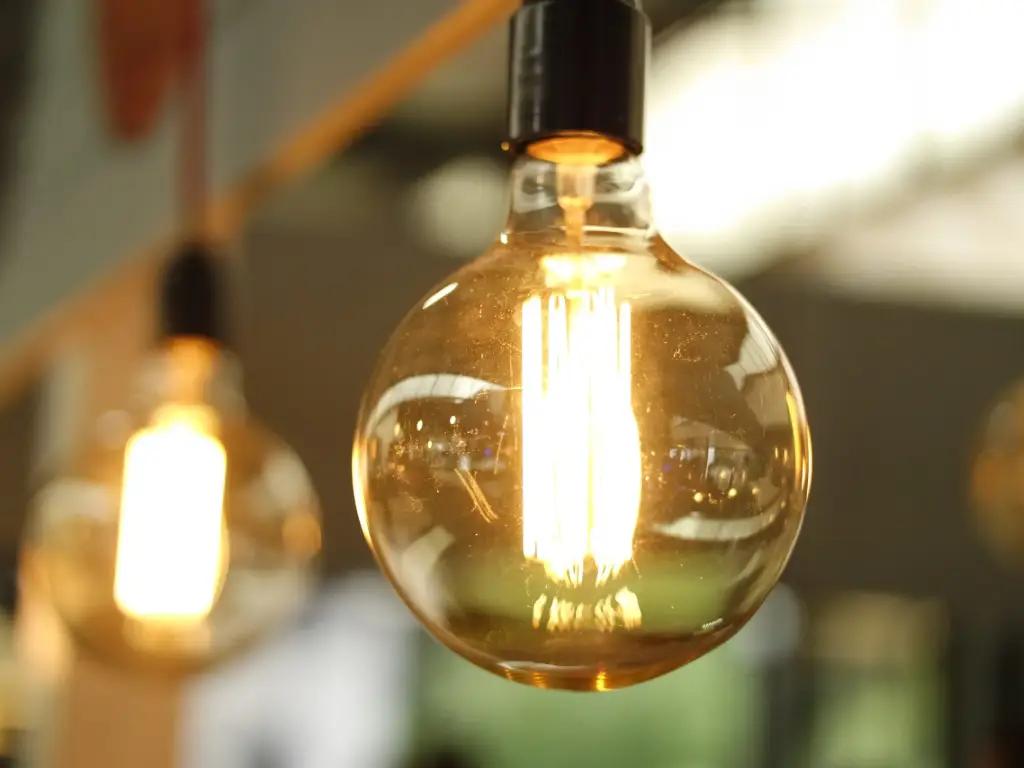
Light Quality: Beyond Brightness & Color
When we talk about light, we usually focus on how bright it is. Still, the quality of light is not limited to lumens, as it involves many other aspects that strongly affect our senses, feelings and well-being. At this point, the discussion about incandescent and LED lights shifts from efficiency to the details of how light is produced.
Incandescent bulbs are known for giving off a warm glow which is usually around 2700K on the color temperature scale. For many years, this familiar warmth has made people feel comfortable and relaxed. Their light also has a CRI of 100, which means colors appear exactly as they should. For many, the artist’s unique style comes from this warm, full-spectrum light which is difficult to copy. Still, their light cannot be adjusted, so they are not very flexible.
LEDs have come a long way in matching and exceeding the quality of incandescent lights and they are also very flexible. You can find LEDs in a wide range of color temperatures, from very warm (2200K) to cool (5000K-6500K) and many shades in between. Nowadays, LEDs with high CRI are common, making sure that colors are displayed accurately and vividly in many uses. Moreover, some LED bulbs have dim-to-warm technology which makes them change from a bright, cool white to a warm, dim glow as they are dimmed, just like incandescent bulbs.
Besides color, the quality of light includes small details such as flicker and blue light. Sometimes, early LEDs would flicker so fast that it was not noticeable, yet this could still cause eye strain or headaches for a few people. Most reliable manufacturers have solved this problem by using advanced driver technology that prevents lights from flickering. It is also true that blue light from LEDs may disrupt our sleep and circadian rhythms. All light sources have some blue light, but some LEDs have a higher concentration of blue light. CCT LEDs that are high-quality and warm, as well as those with advanced spectral engineering, reduce the amount of blue light you get at night which helps you sleep better and see more comfortably. LEDs can be designed to meet specific needs such as color temperature, color rendering, flicker and the spectrum of light which incandescent bulbs cannot do.
True Cost: Upfront vs. Long-Term Value
Looking at the economics of lighting options, it is very tempting to focus on the cost of the lighting fixture itself. In this regard, incandescent bulbs have for long been the most economical option available. Buying a pack of traditional bulbs for a few dollars made obvious economic sense. Yet, this saving, in almost every case, has turned out to be an illusion, concealing a much larger expense over the lifetime of the product. To get the real picture, we must consider the Total Cost of Ownership (TCO).
TCO for a lighting solution is broader than just the purchase price; it includes ongoing operational costs (electricity) as well as maintenance and replacement costs throughout the useful life. Let us take a simple example where a single 60-watt incandescent bulb is replaced by an 8-watt LED equivalent.
- Initial Cost:
- Incandescent: Approximately $1.00
- LED: Approximately $5.00 – $10.00
- Operating Cost (assuming 3 hours/day, 11 cents/kWh):
- Incandescent (60W): 0.06 kWh * 3 hours/day * 365 days/year * $0.11/kWh = $7.23 per year
- LED (8W): 0.008 kWh * 3 hours/day * 365 days/year * $0.11/kWh = $0.96 per year
- Annual Savings with LED: $6.27
- Replacement Cost (over LED’s 25,000-hour lifespan):
- Incandescent lifespan: ~1,000 hours. You’d need 25 incandescent bulbs for over 25,000 hours.
- Incandescent replacement cost: 25 bulbs * $1.00/bulb = $25.00
- LED lifespan: ~25,000 hours. You’d need 1 LED bulb.
- LED replacement cost: 1 bulb * $5.00 = $5.00 (or up to $10.00)
Total Cost of Ownership is over 25,000 hours:
- Incandescent: Initial ($1.00) + Operating ($7.23/year * ~23 years) + Replacement ($25.00) = Approximately $192.29
- LED: Initial ($5.00) + Operating ($0.96/year * ~23 years) + Replacement ($0.00 if only one bulb) = Approximately $27.08
TCO or total cost of ownership computes both direct and indirect costs associated with an asset over its lifecycle. With this simple calculation, we see that LED has a higher upfront cost; however, when considering long-term savings from operational expenditure and replacement needs, it is exponentially more cost-effective. Additionally, the initial investment is reduced due to government and utility company rebates making the payback period even shorter. For any rational financial planning, be it organizational or personal, understanding the TCO is essential.

Environmental & Health Considerations
The choice of lighting technology has profound implications for the environment as well as our health. From an ecological perspective, the most important difference relates to energy consumption or carbon emissions. As mentioned earlier, incandescent bulbs are one of the most inefficient bulbs as they use energy which is over 90 percent is converted into heat. This means that there is colossal demand for electricity because of these bulbs. Furthermore, since fossil fuels are used to meet this demand, there is a substantial carbon footprint. On the contrary, LEDs are far more efficient and therefore, emit greenhouse gases at a much lower rate. In addition, because of long lifespan, fewer bulbs are manufactured, which reduces the waste in landfills, resource extraction, and waste generated by LED components, although proper recycling for LED components is still a challenge.
Quality light is very important from a wellbeing perspective. While incandescents provided a flicker-free glow, poor LEDs or old ones produced low-quality light could exhibit flicker which was imperceptible yet a source of strain. Today’s high-end LEDs employ advanced drivers that guarantee stable, flicker-free illumination, unlike older models. LEDs also pose potential concerns with blue light emission. All lights include some elements of blue light, but some cooler LEDs possess higher levels in the blue spectrum. This becomes problematic when exposed to during the late evening hours, as it disrupts circadian rhythms and the sleep cycle. Modern reputable manufacturers of LEDs are designing CCT with warmer profiles, balanced spectral outputs to reduce blue light emissions, and promote sleep enhanced visual comfort.
Optimal Use Cases: Where Each Excels
The era of selecting lighting has arrived, and with it the realization that one technology might reign supreme, but another still has its unique appeal. The ascertainable “excellence” of a lighting solution is determined by its application.
Incandescent bulbs, for all their glaring inefficiencies, still have a niche role in a few very specific contexts. The reason they are considered for certain specific decorative purposes is due to the fact that they are capable of producing a singularly warm, full-spectrum glow that actually resembles fire light, and they can also dim down to very low intensities in a smooth manner. Picture vintage filament bulbs illuminating antique chandeliers, or a specific aesthetic in boutique hotels and restaurants where the classical look reigns above everything else, with infrequent usage hours. Many still find the aesthetic of these bulbs comforting. However, for any application demanding efficiency, longevity, or modern control, their utility rapidly diminishes.
In contrast, the supreme leader in contemporary applications, encompassing homes to colossal industrial complexes, is LED technology.
Outdoor and Public Lighting: The LED Imperative
Even though incandescent bulbs may find a place in vintage indoors, their utility has all but vanished in outdoor and public lighting. These types of bulbs are guaranteed to cause energy waste and are extremely fragile in nature due to factors such as wind, vibration, and temperature, meaning our streets, parks, and public areas cannot be illuminated using these bulbs. Essentially, they are not robust enough to function effectively in these places.
This is why the use of LED technologies is a necessity. Street lights equipped with LED technology extremely lower the emissions of carbon and cost of operation. With these bulbs, the maintenance needed is greatly lowered, meaning that LED’s ability to provide reliable street illumination for over 25 years without requiring servicing will reduce disruptions to public utilities. In addition to these benefits, LEDs enhance safety and visibility by improving color rendering, providing better light distribution, allowing the use of smart control systems, and even permitting remote monitoring, dimming, and adaptive lighting.
Cutting-edge technologies enable us to offer innovative solutions through LED solar street light design, manufacturing, installation, and maintenance. Inluxsolar’s patented designs and advanced technologies ensure maximum performance even in the most severe outdoor environments. Our multi-functional street lights provide superior lighting and visibility, maximizing safety. In addition to maintaining an industry-leading position, our R&D spending through market interactions with business partners allows us to maintain a competitive position with 60 patents and over 300 product test reports.
Our patented all-in-one solutions, combined with advanced manufacturing techniques allow us to tackle and engineer intricate and bespoke projects. From the design phase, the entire supply chain works in sync which grants us unrivaled flexibility. Custom panels, custom LEDs, custom light poles, custom controllers, and custom battery systems can all be personalized as to power, voltage, color temperature, CRI, branding, or design specifications. This way, each project is fulfilled with an appropriately tailored illumination solution.
The material selection hinges on achieving quality and performance, leading to a remarkable failure rate of below 0.5%. We utilize Grade A solar cells, state-of-the-art pouch type LiFePO4 batteries with lifecycles exceeding 4,000 cycles, and 10+ years of service, and hot dip galvanized lighting poles designed for 30m/s wind resistance. Our ultra-bright LEDs are designed with over 50,000 hours of even 40% brighter than standard alternatives. They are encased in anti-rust aluminum light fixtures with IP66-IP67 ingress protection and IK09-IK10 impact resistance. Each unit comes with a multiprotection smart solar controller, ensuring robust reliability and durability.
We know the key deadlines of comprehensive projects, which is the reason why most of our services come with a quote within 6 hours and fast delivery in 15 days. Our warranty offers industry-best coverage of systems from 3 to 5 years (the rest of the market provides 2-3 years) with a product lifetime warranty of over 10 years, boasting unrivaled value. Other Life Cycle Services provide full suite support throughout the entire product lifecycle with on-site global servicing. Our roadmap provides 14 steps designed to assist clients from bidding to project acceptance, simplifying intricate municipal, UN, and commercial projects. Inluxsolar has completed over 1000 projects globally which, along with their 300+ certifications and 60+ patents, have made them a leader in outdoor illumination systems innovation and quality.
Incandescent vs LED: A Summary Comparison
To offer a concise overview of the key differences between these two lighting technologies, the table below distills the fundamental distinctions discussed throughout this guide:
| Feature | Incandescent Light Bulb | LED (Light Emitting Diode) Lighting |
| Energy Efficiency | Very Low (90%+ energy lost as heat) | Very High (80-90% more efficient than incandescent) |
| Lifespan | Short (750 – 2,000 hours) | Very Long (25,000 – 50,000+ hours) |
| Initial Cost | Low | Higher |
| Total Cost of Ownership (TCO) | High (due to high energy use & frequent replacement) | Low (due to low energy use & long lifespan) |
| Light Quality (CCT Flex.) | Fixed (Warm White ~2700K) | Highly Flexible (Warm to Cool White, 2200K-6500K) |
| Color Rendering Index (CRI) | Excellent (100) | Excellent (90+ for quality LEDs) |
| Durability | Fragile (filament susceptible to breakage) | Highly Durable (solid-state, shock/vibration resistant) |
| Heat Output | Very High | Very Low |
| Environmental Impact | High Carbon Footprint (due to high energy use) | Low Carbon Footprint (energy efficient) |
| Hazardous Materials | None | None (unlike CFLs), but requires proper recycling |
| Dimming Capability | Smooth (without special drivers) | Requires compatible dimmer, can have advanced “warm dim” |
| Flicker | Generally absent | Can be present in low-quality LEDs (mitigated in high-quality) |
| Smart Integration | None | Full (IoT, adaptive lighting, remote control) |
| Common Use Cases | Niche decorative/nostalgic applications | Residential, Commercial, Industrial, Outdoor, Public |
Conclusion
The journey of incandescent lights to LEDs shows a distinctly marked path. The incandescent bulb is a prized lit artifact and is appreciated for its aesthetic value in very few applications but, as a general purpose lighting option, it has, without a doubt, passed its “best before” date. Its weaknesses, such as inefficiency, fragility, and fixed illumination, are incapable of facing the flexible power of LEDs.
LEDs are the lighting technology of the future. Their energy efficiency has a positive impact on long term expenditures, reducing cost, maintenance, and environmental impact. Beyond practicality, the advancement of LED health standards, color rendering, customizable color temperature, and reduced glare means modern illumination does not have to contour to merely functional use, but can also be for aesthetic appeal. From streets to our homes, the infrastructure is already illuminated with the light of tomorrow that is shining brighter, lasting longer, and consuming less. Selecting LED is more than just an upgrade—it is a decision towards a logically superior world that is more sustainable, efficient, and intelligent.
